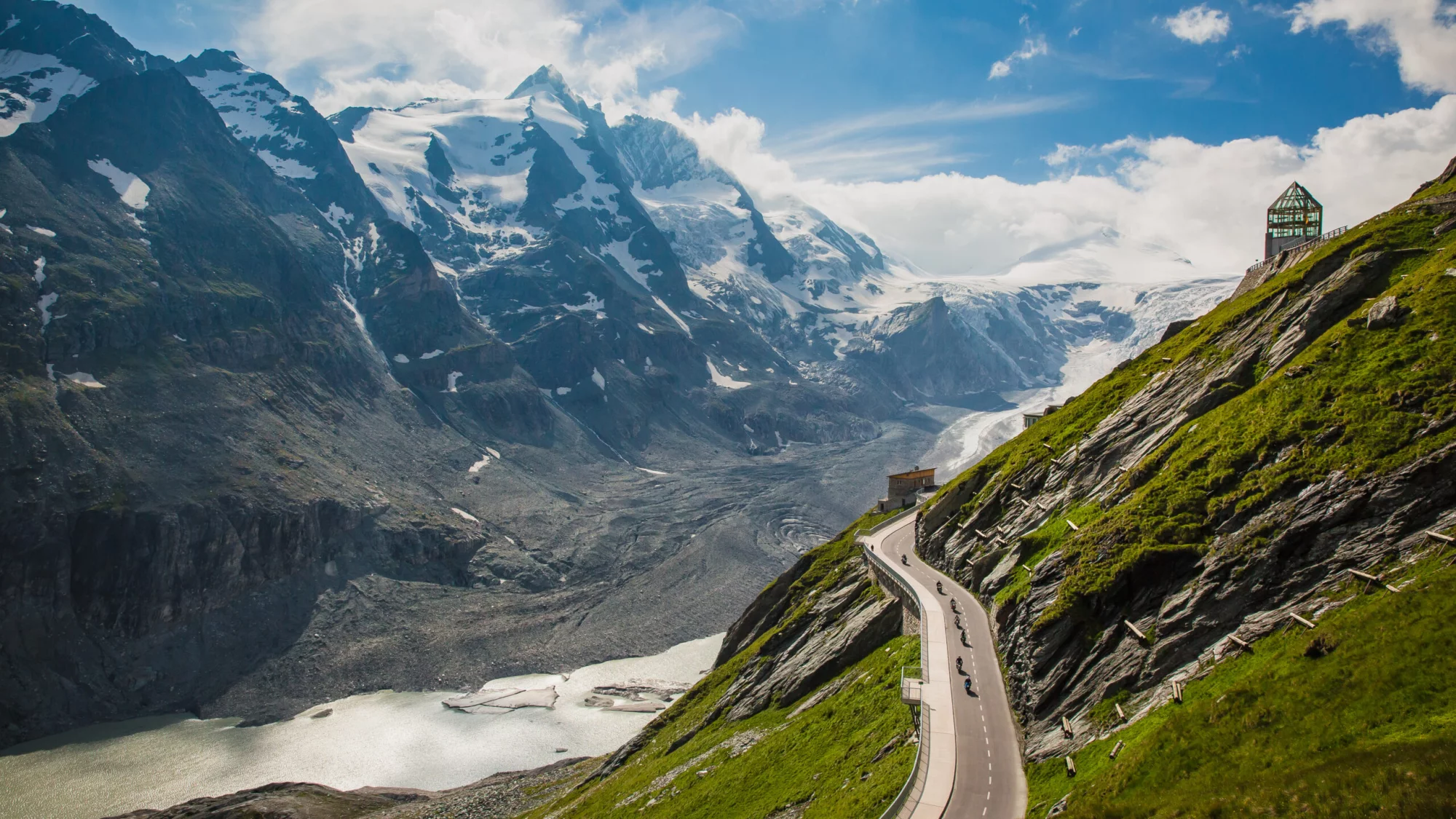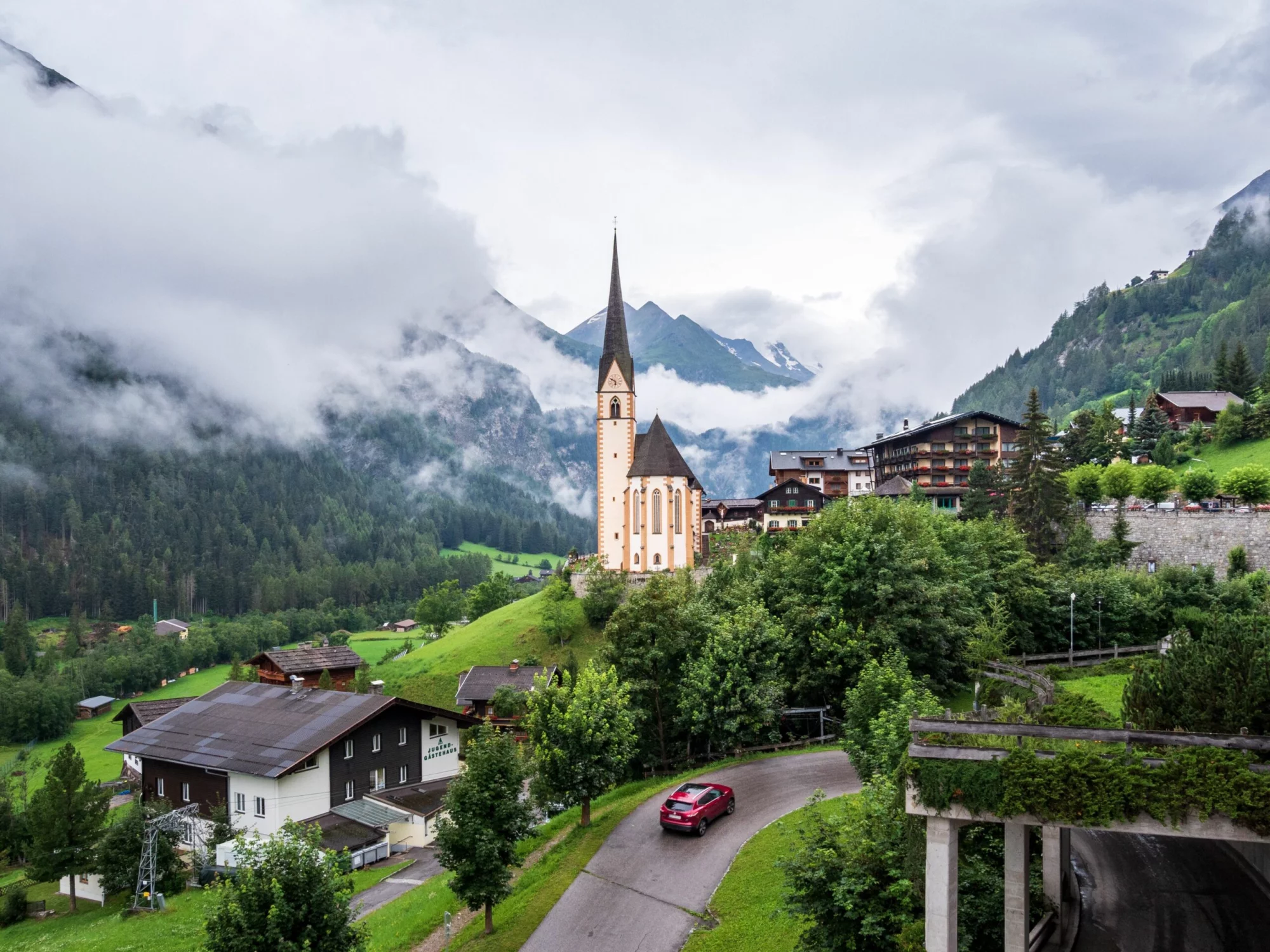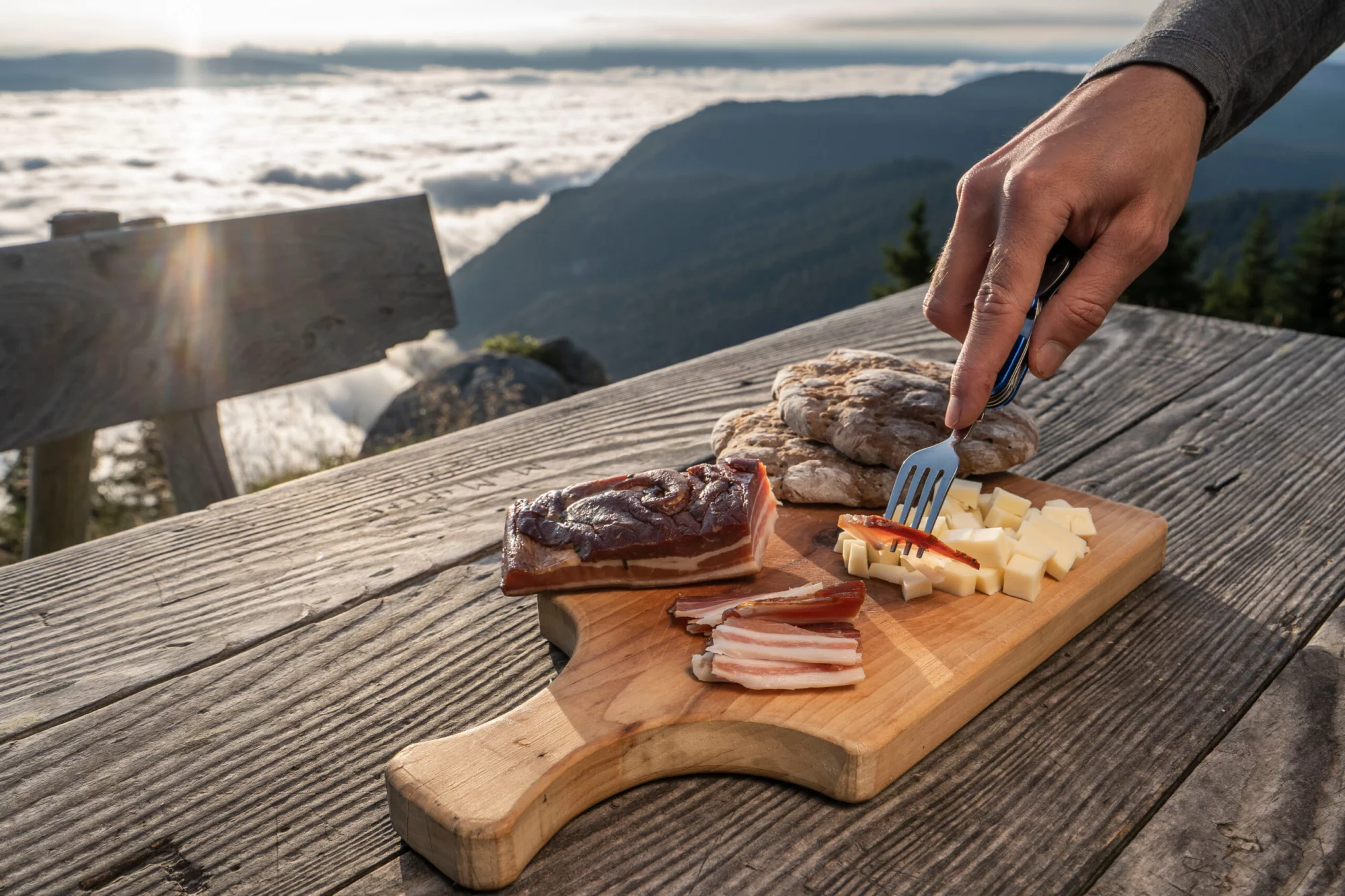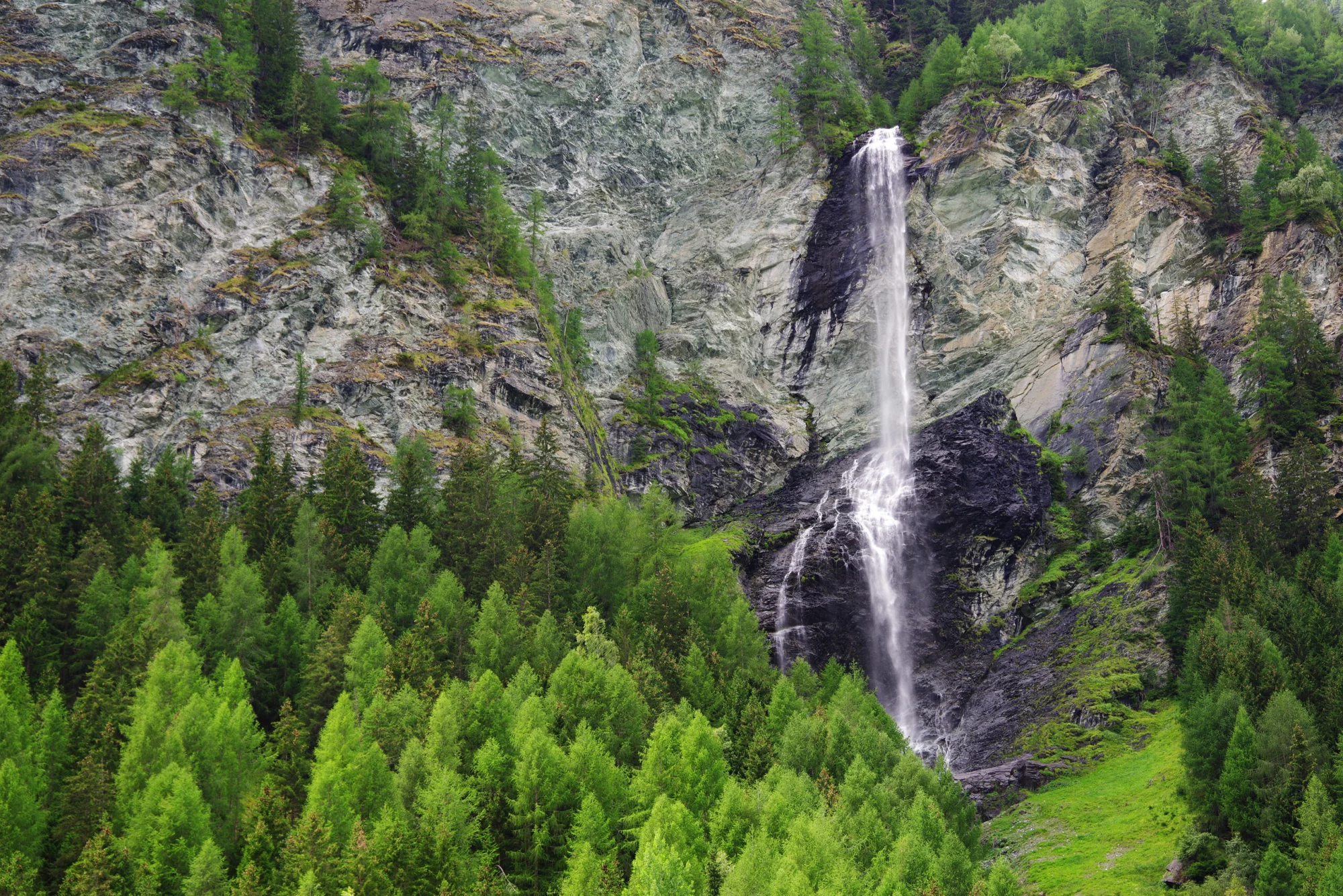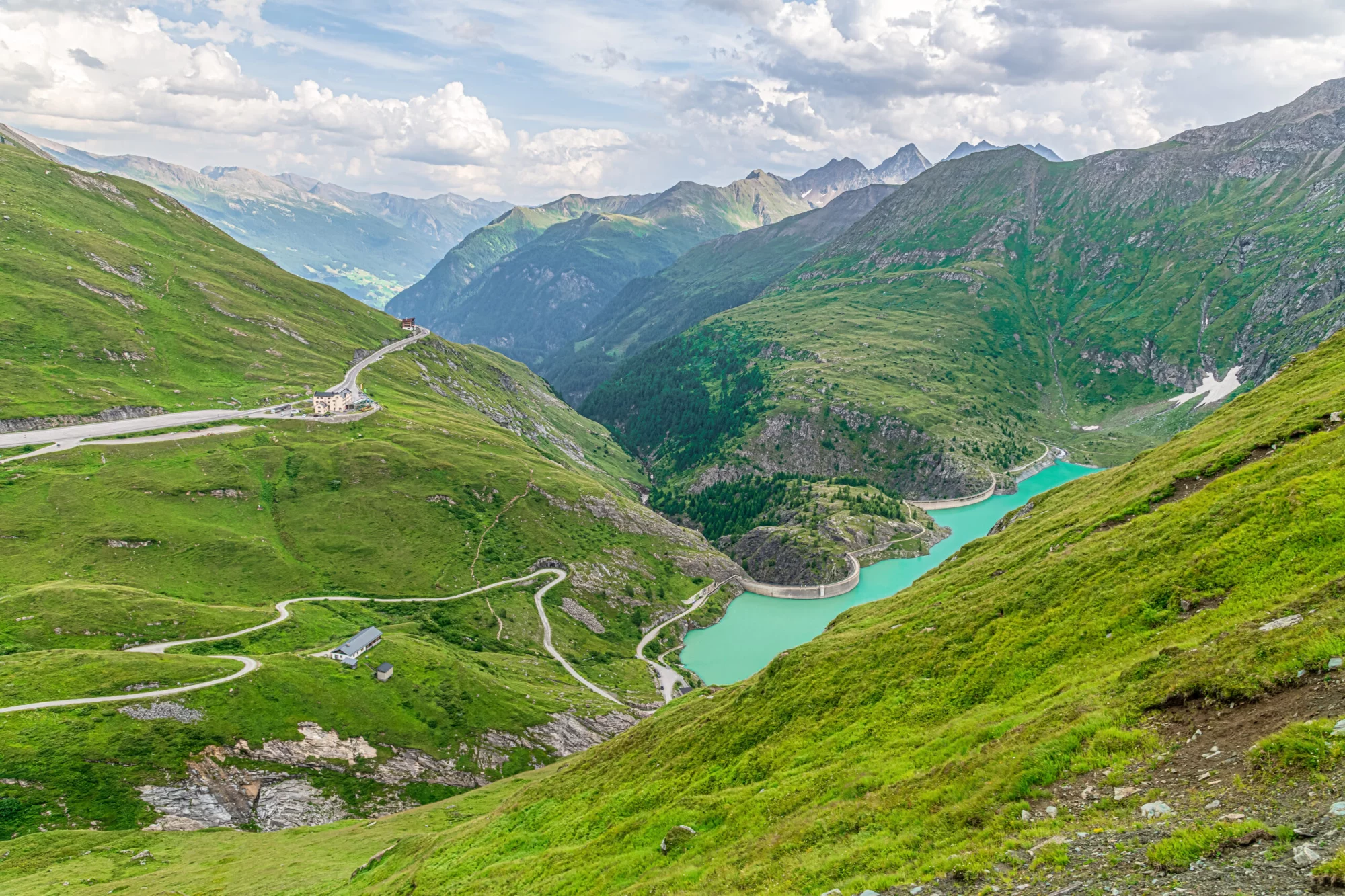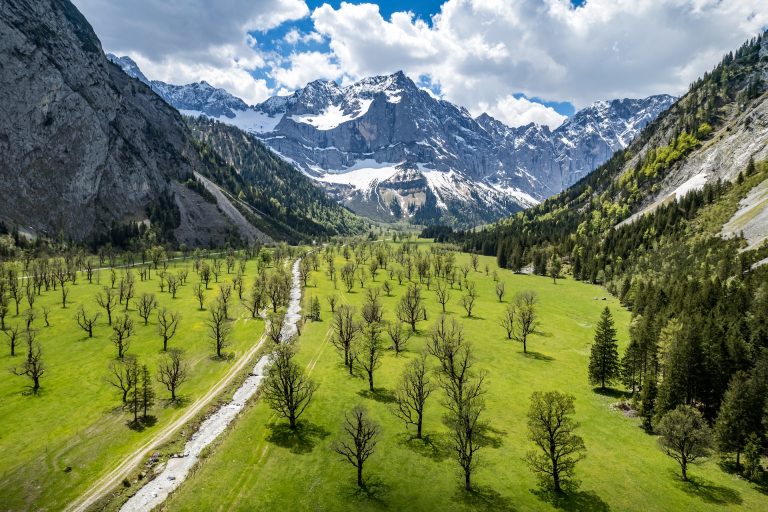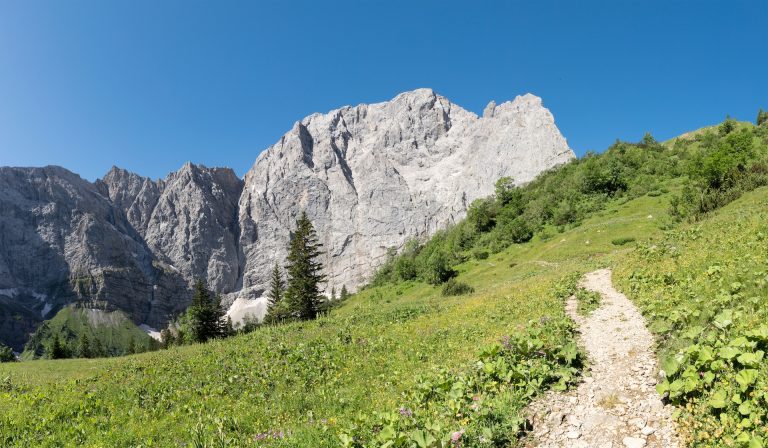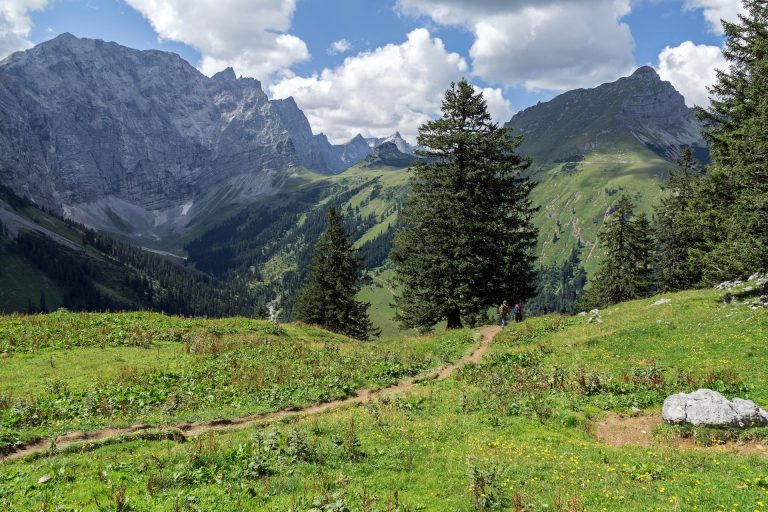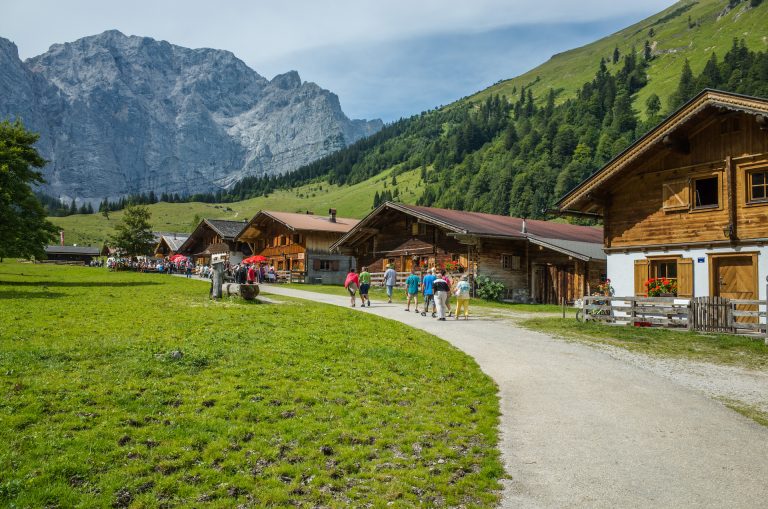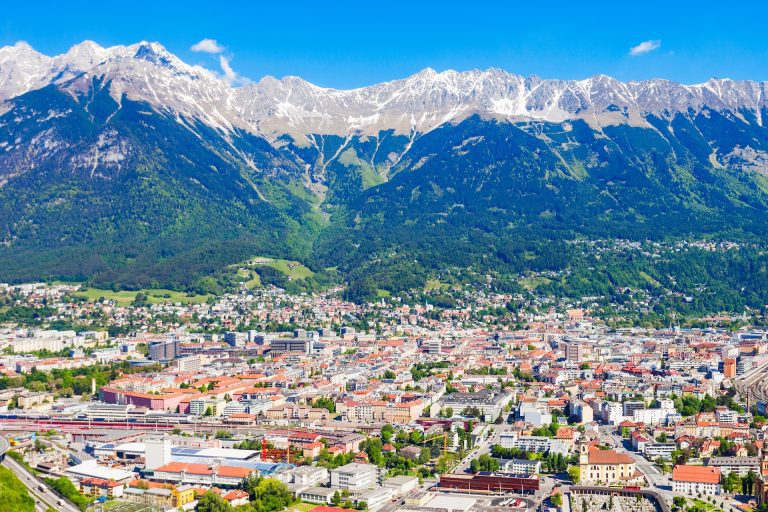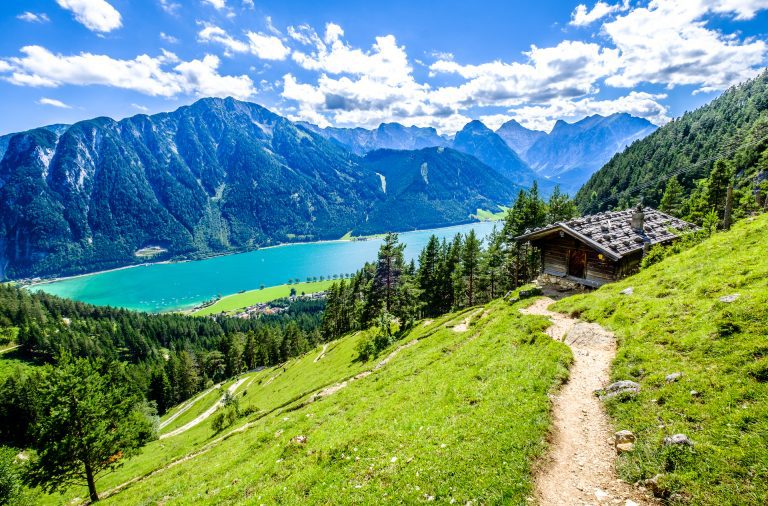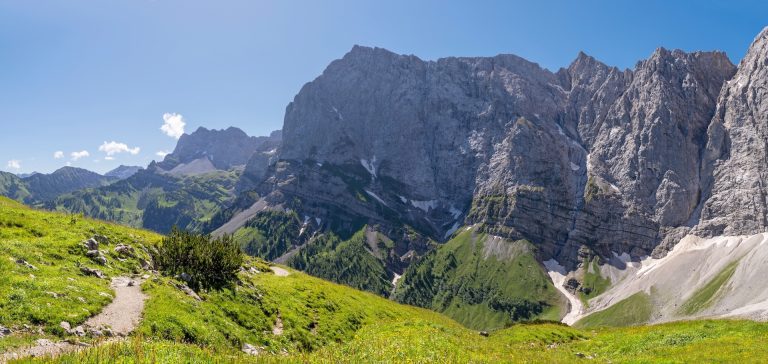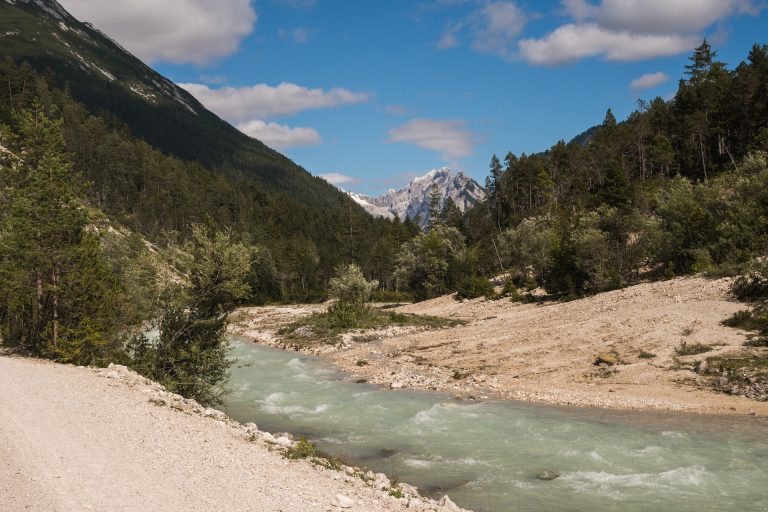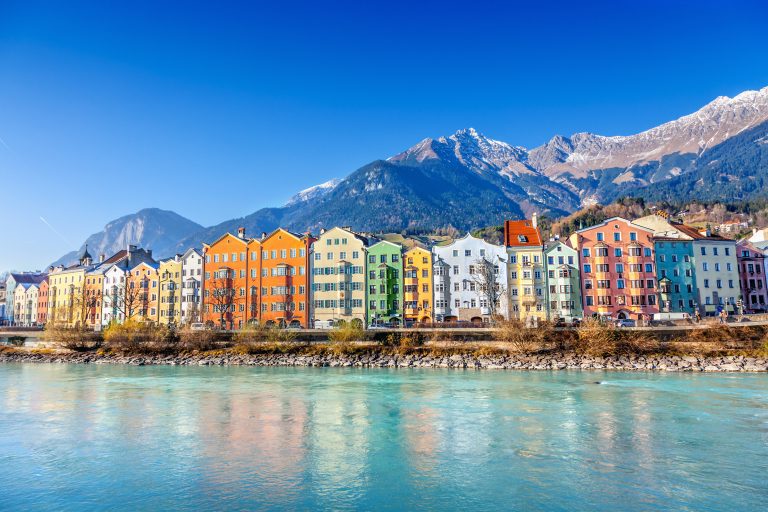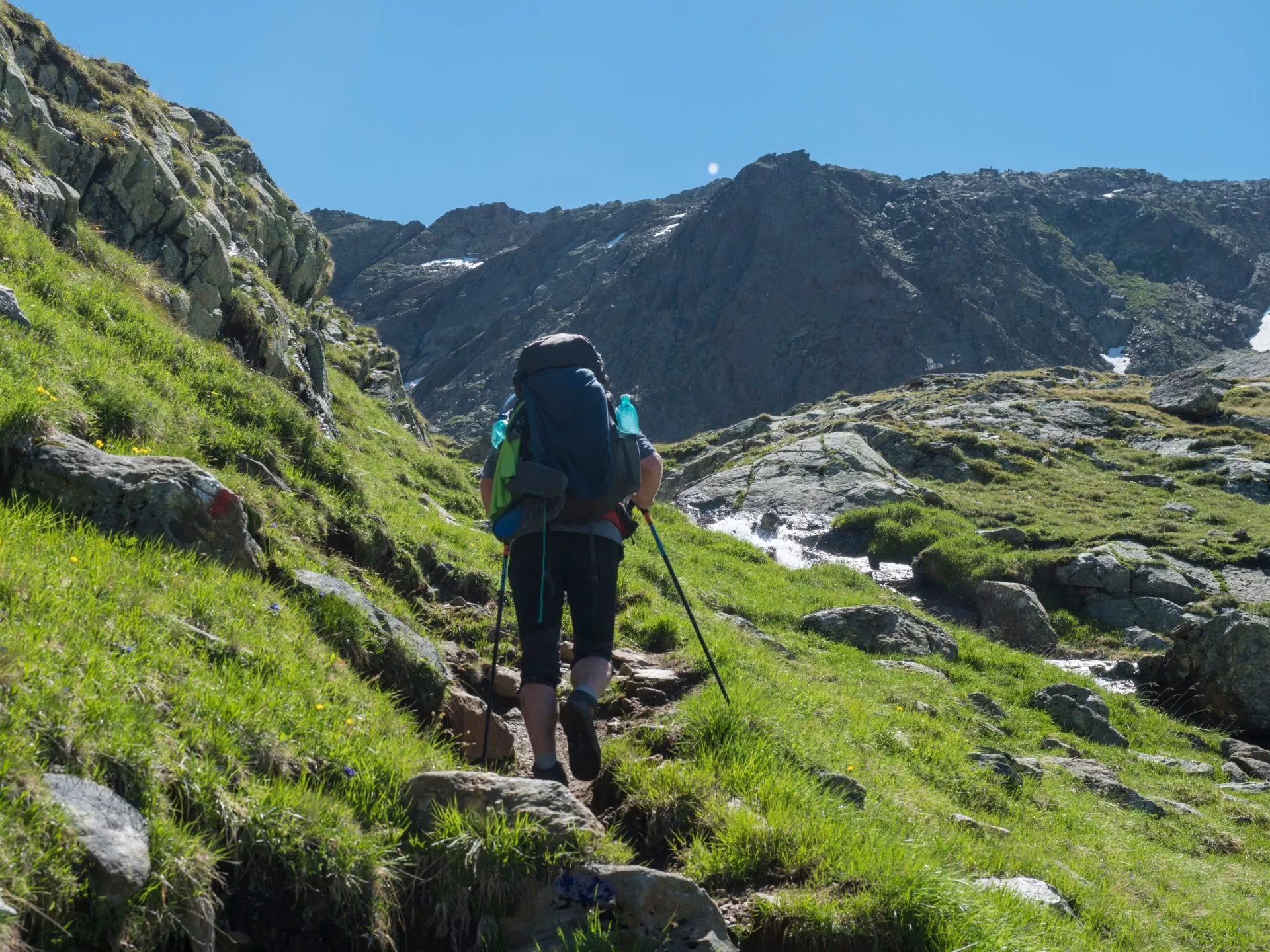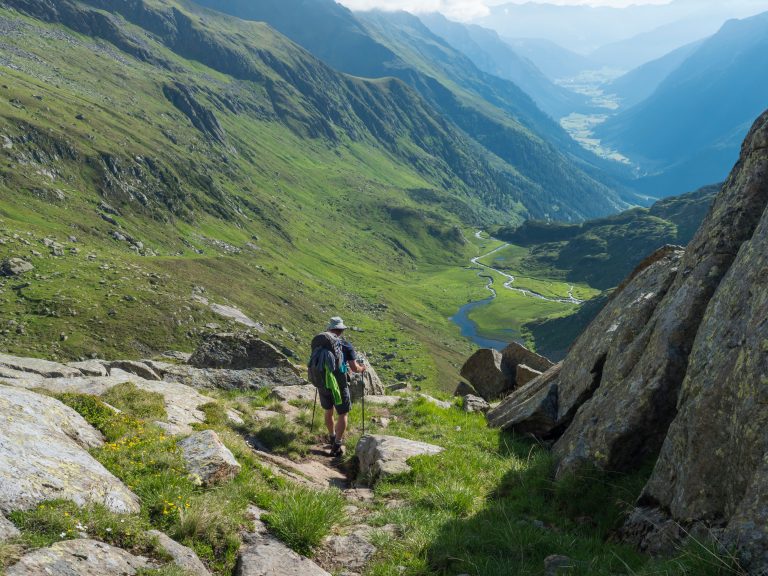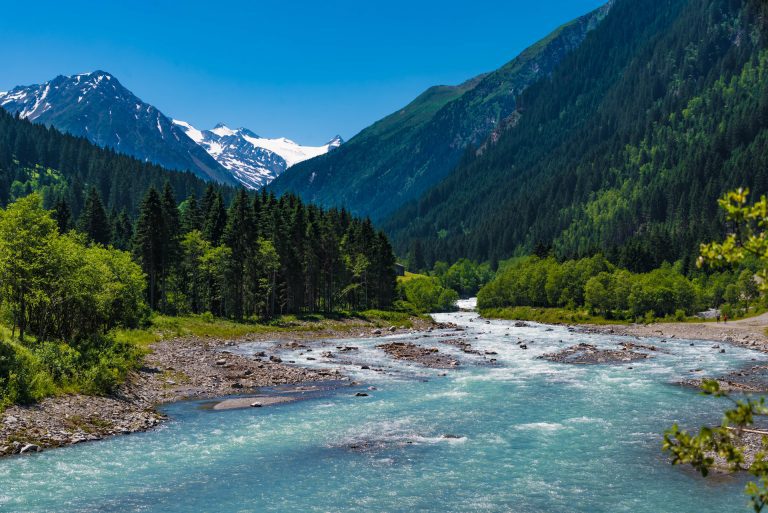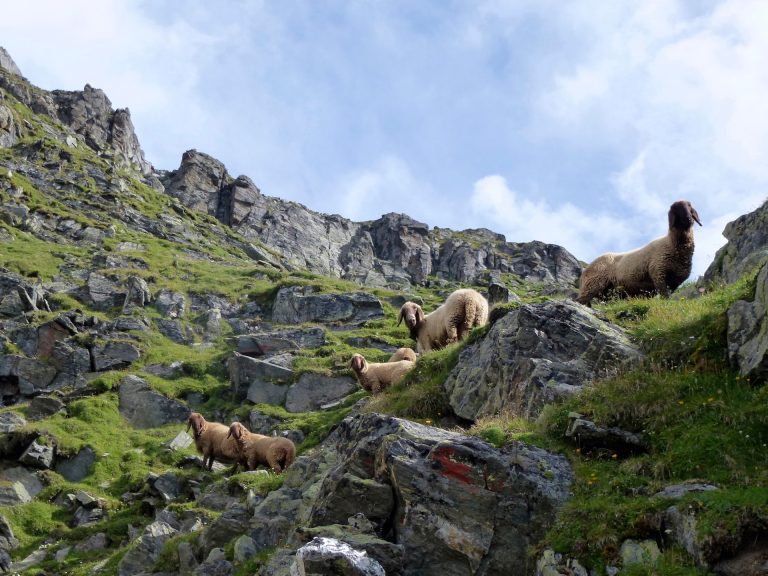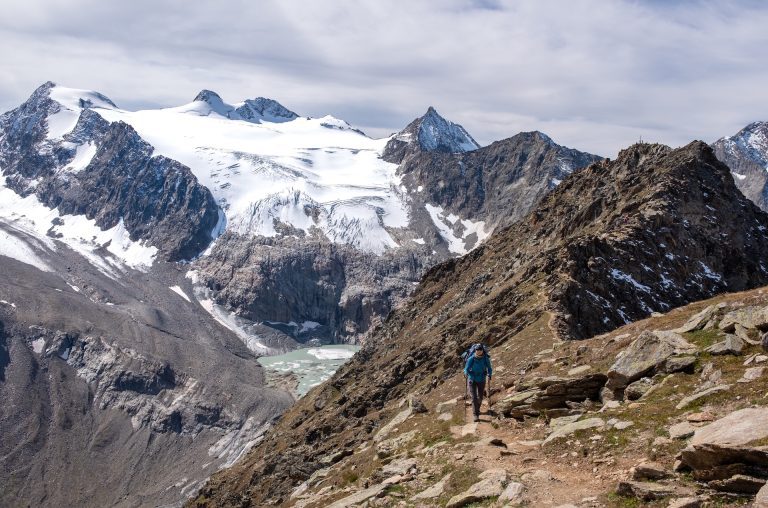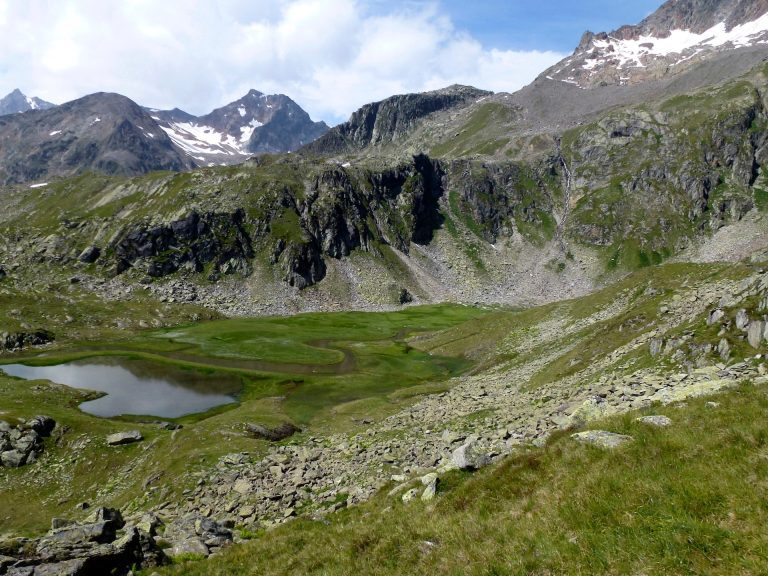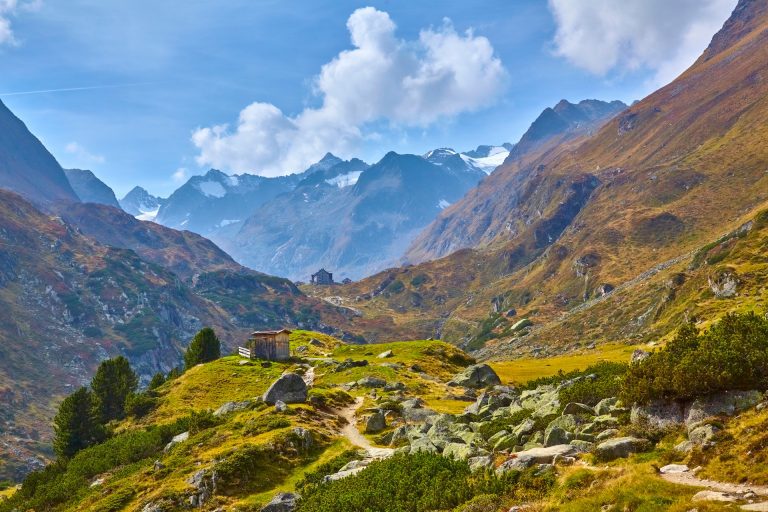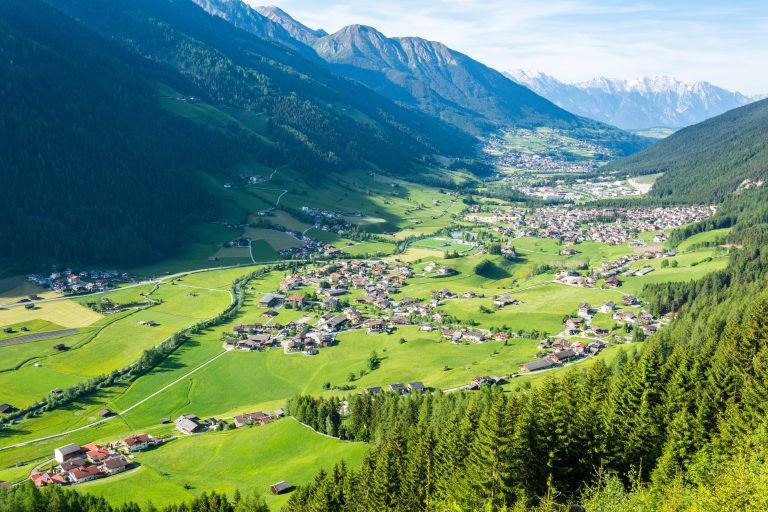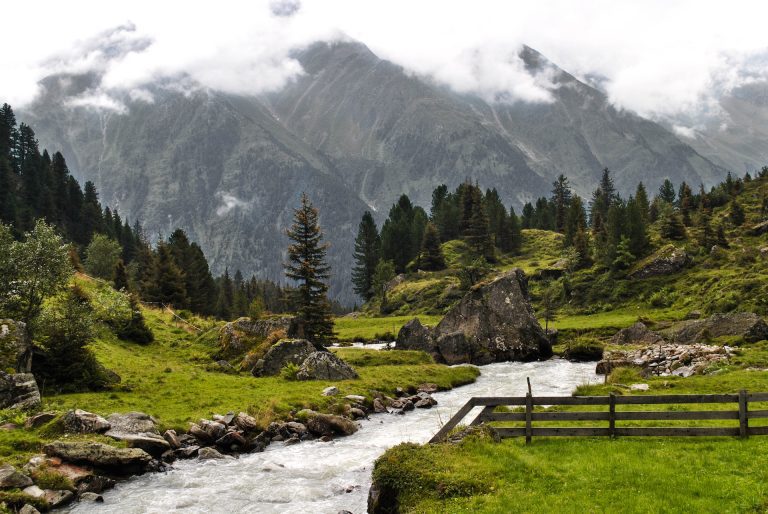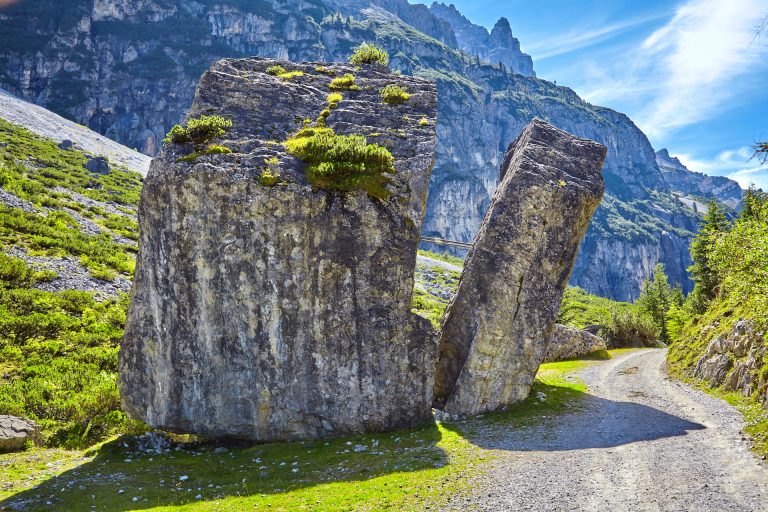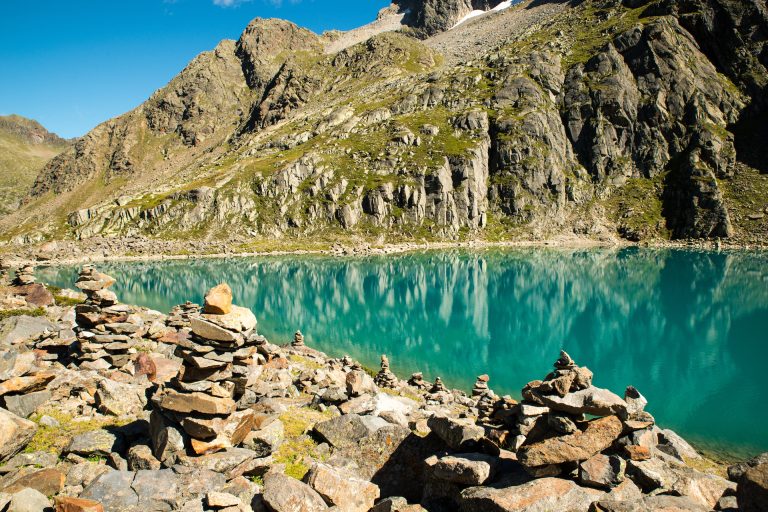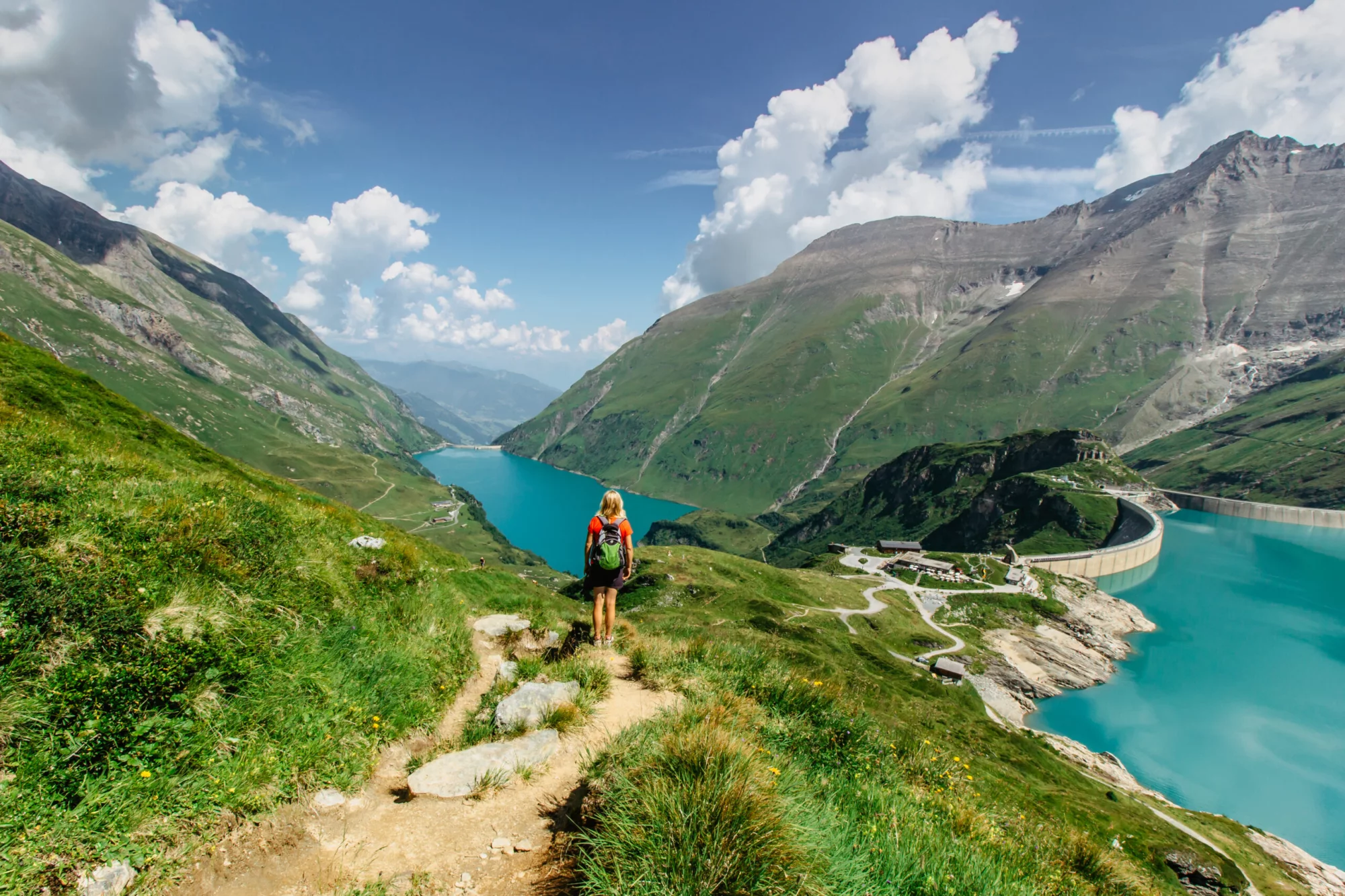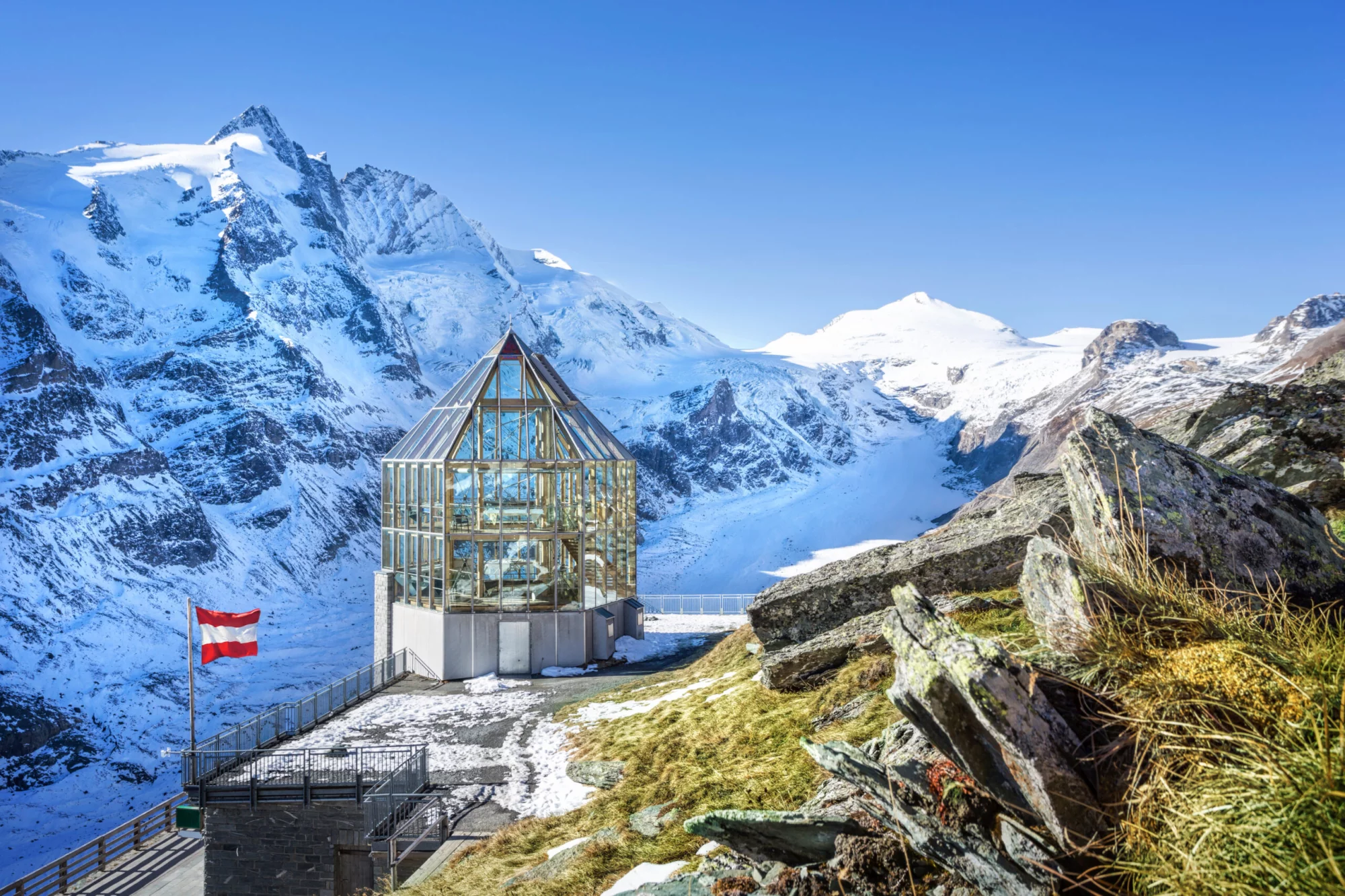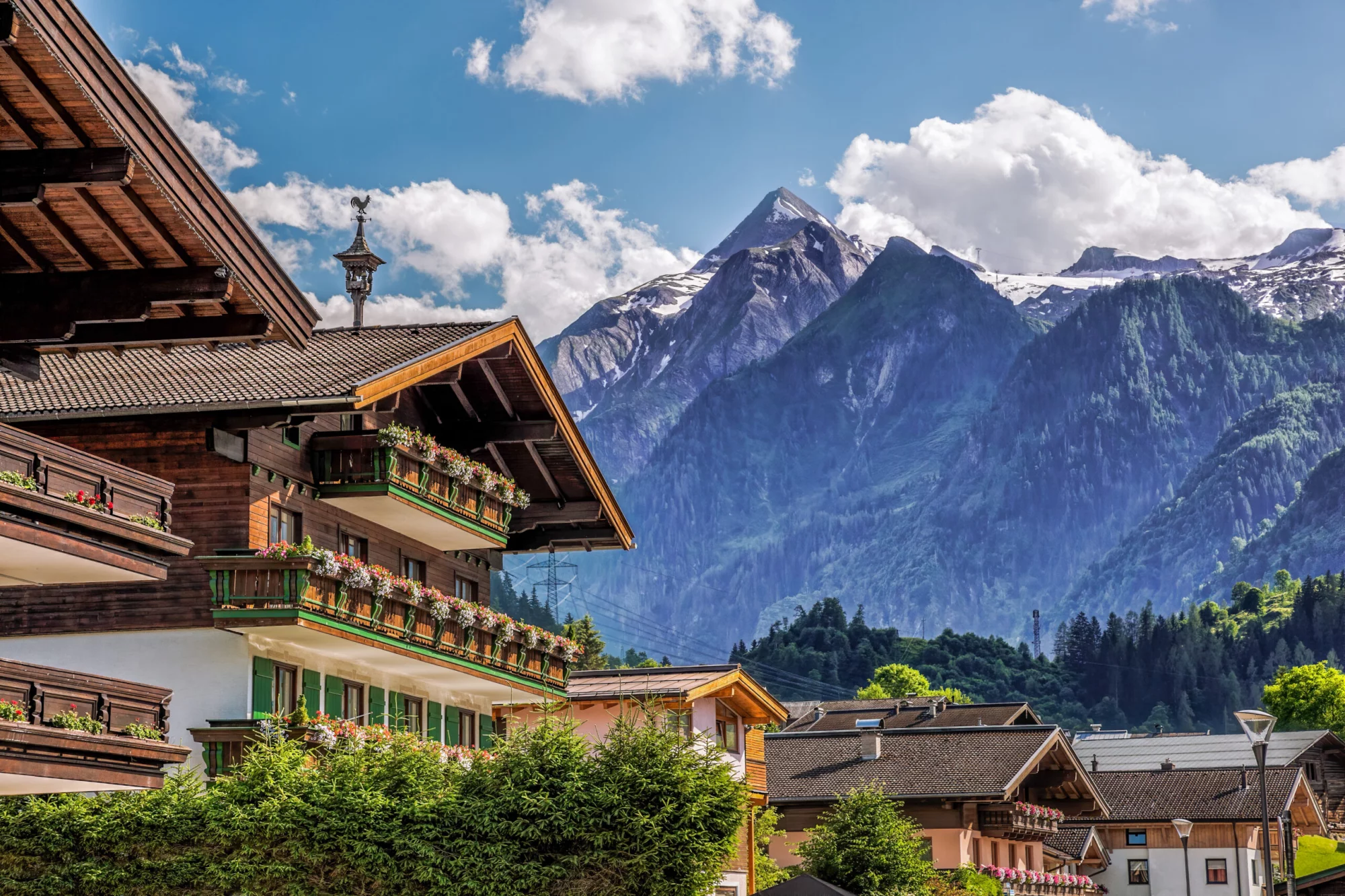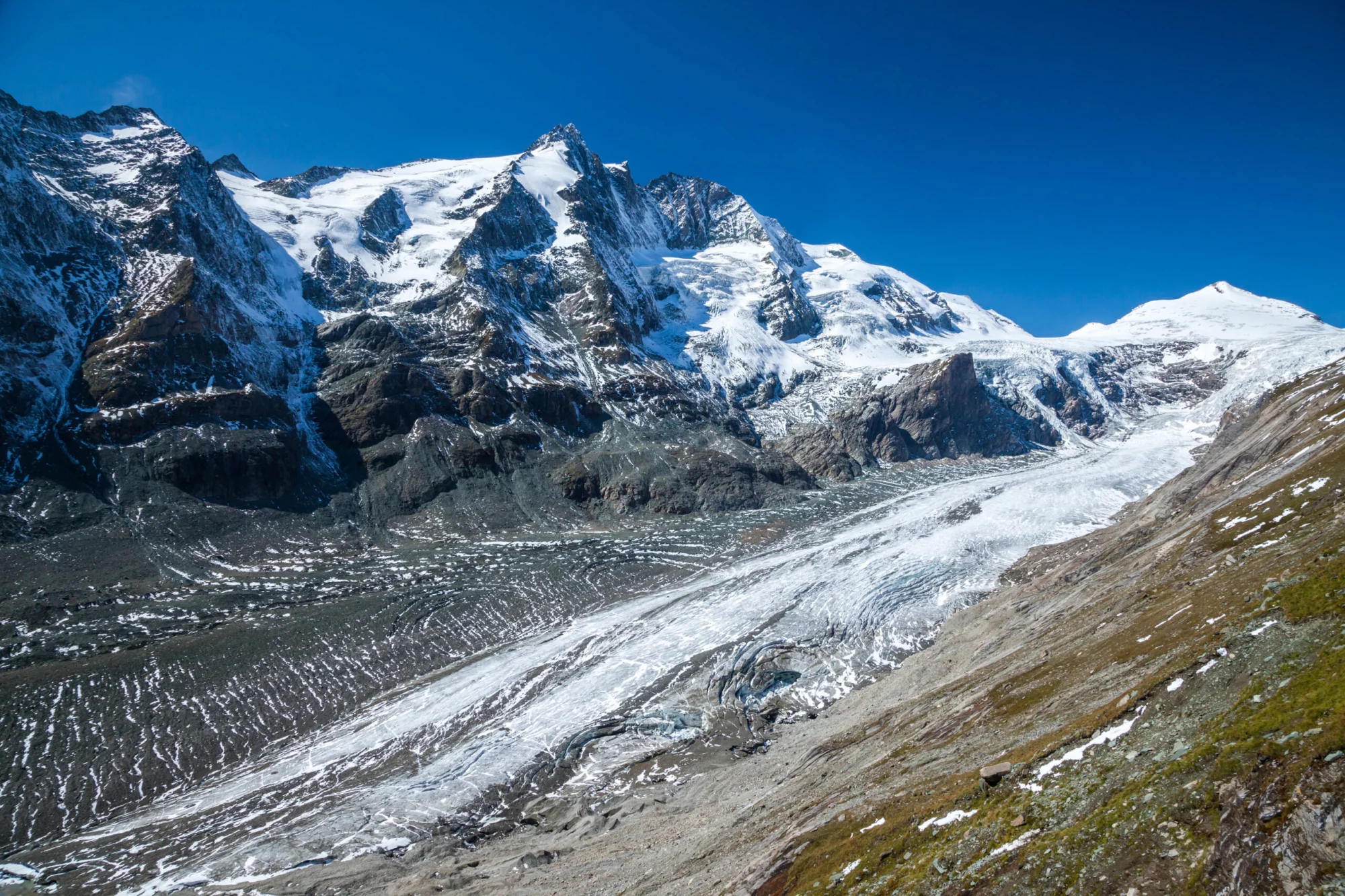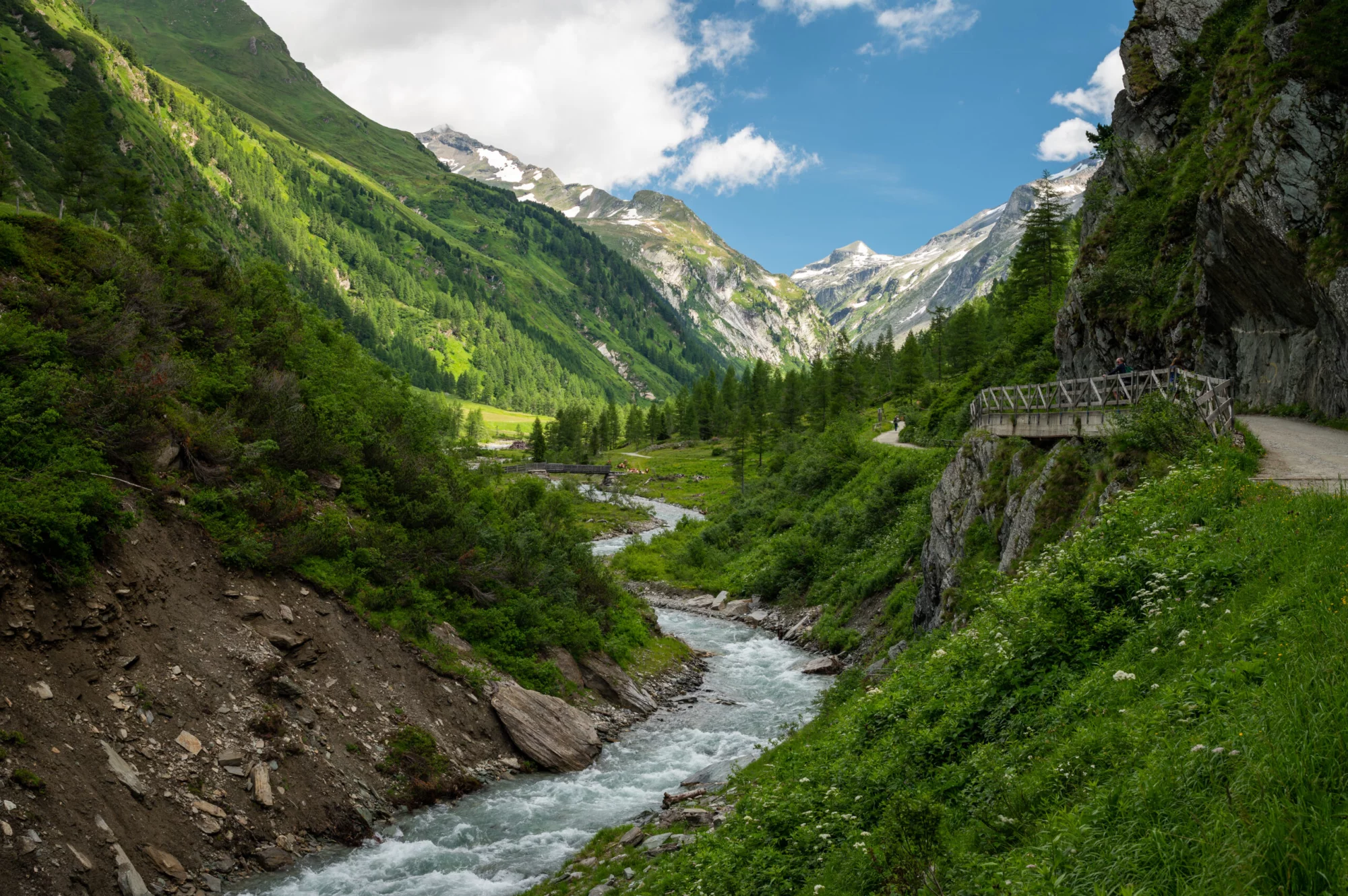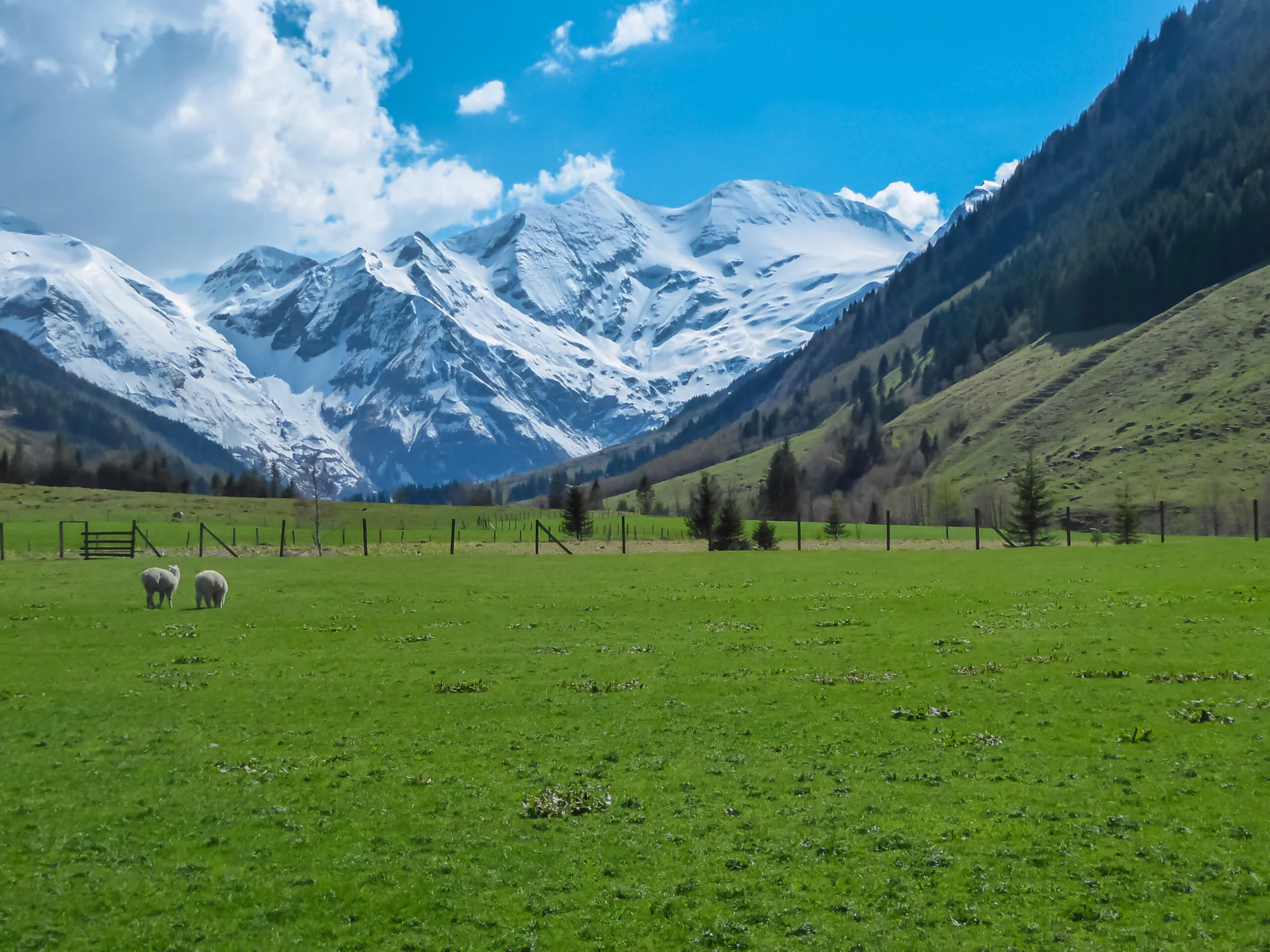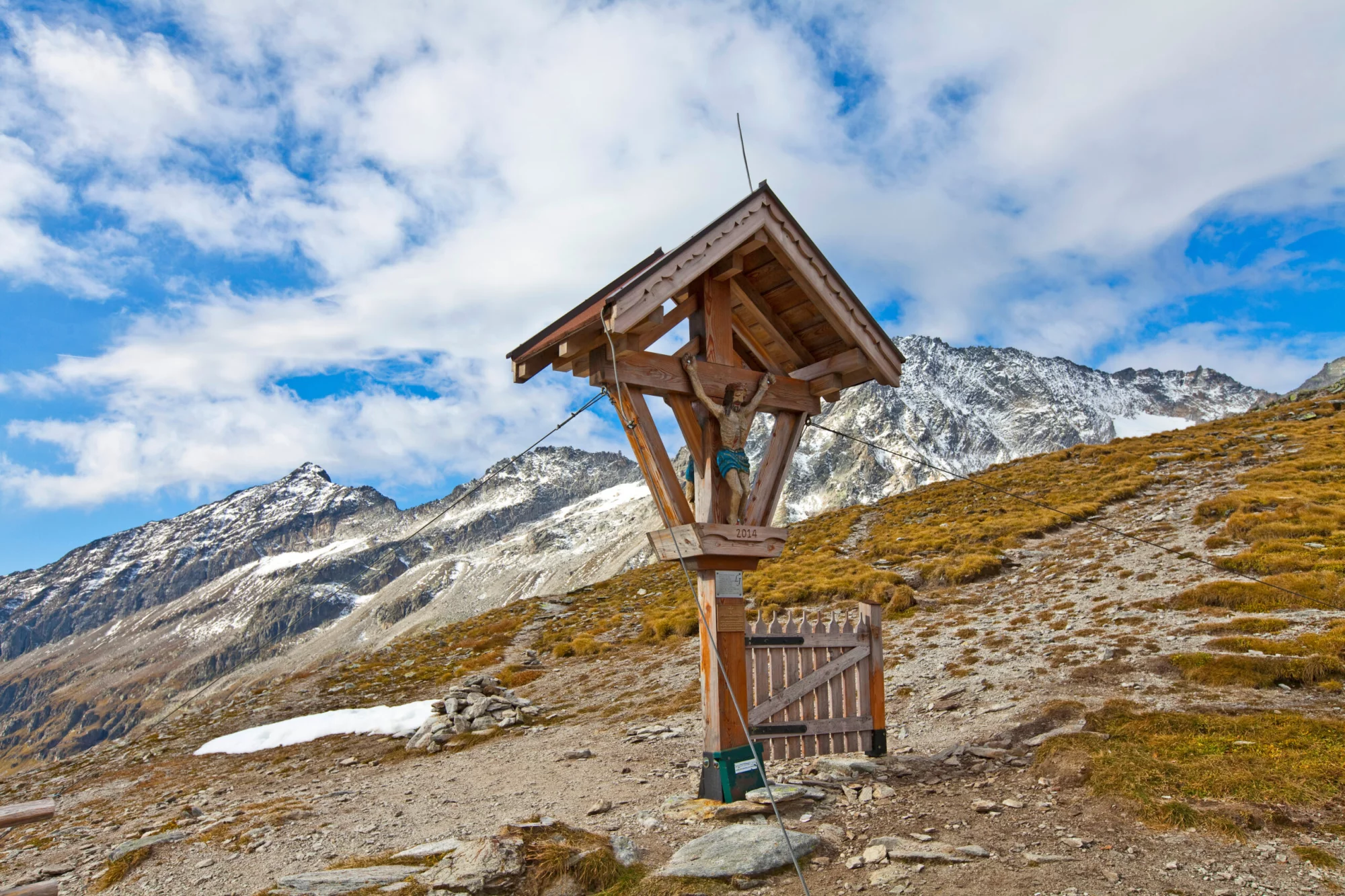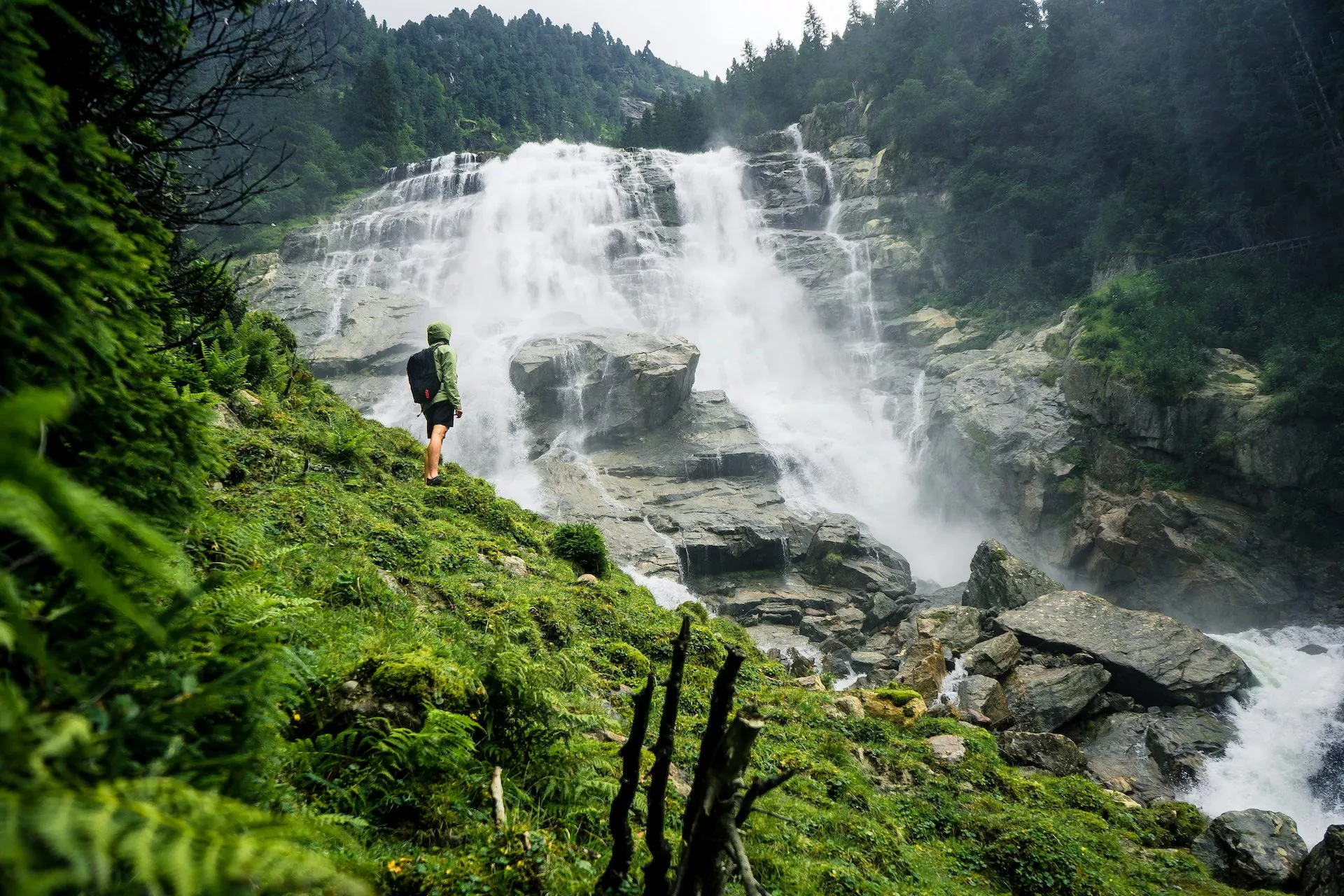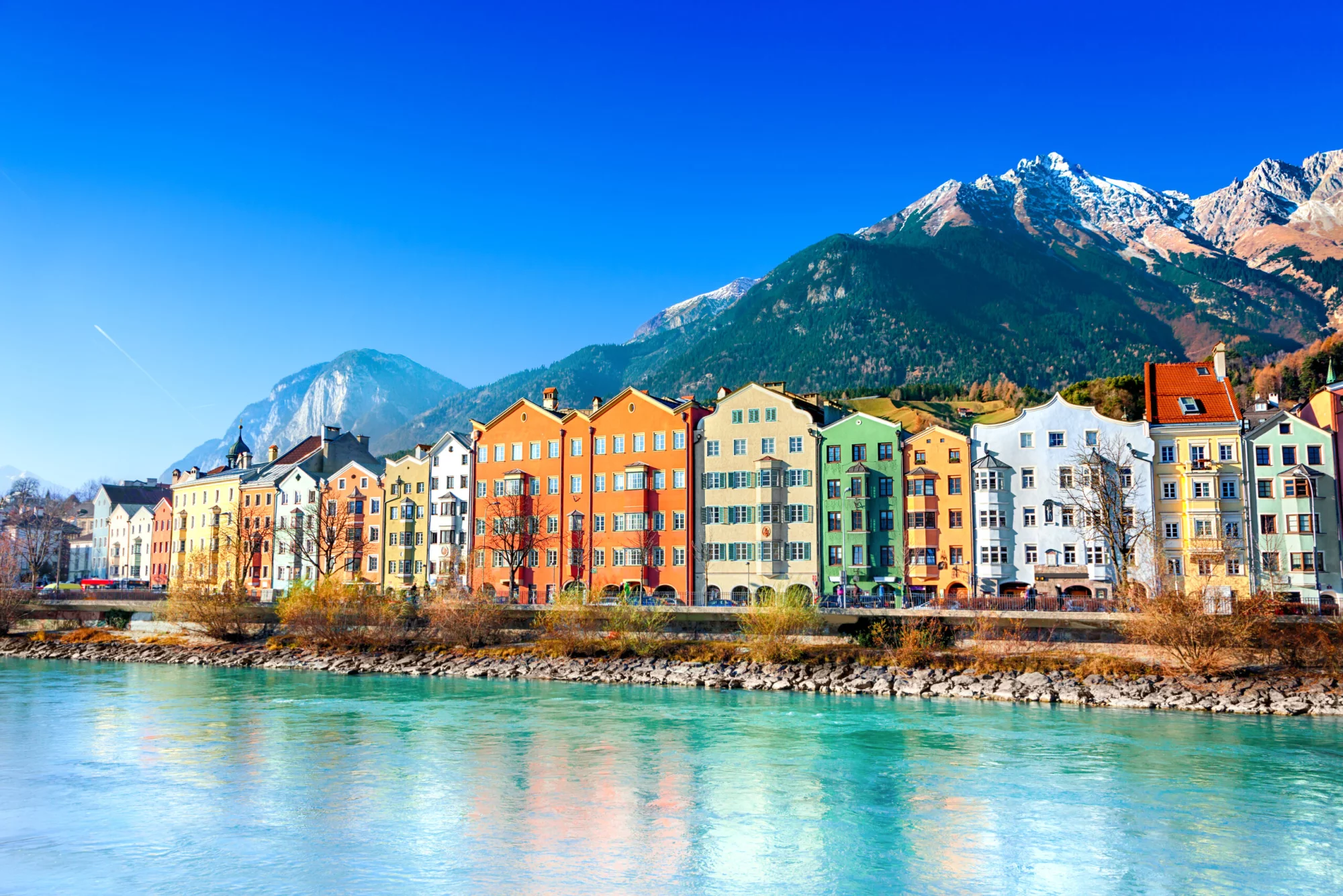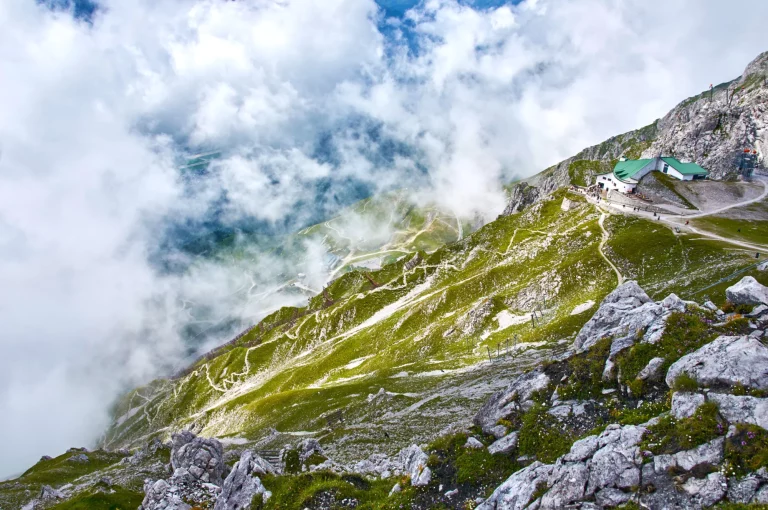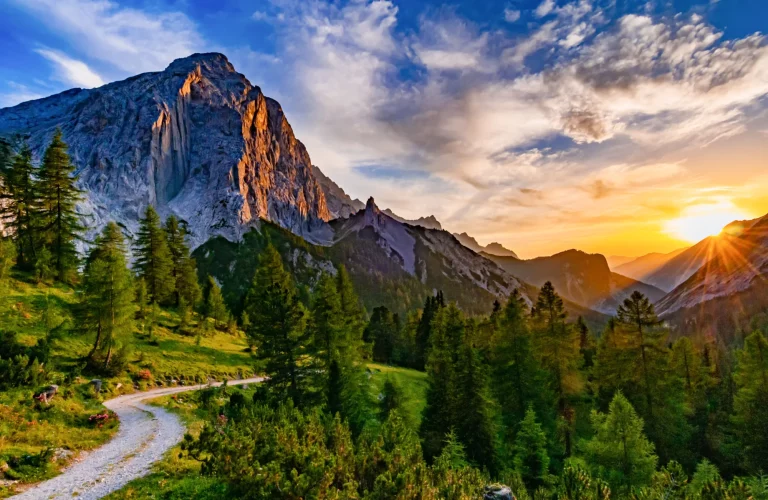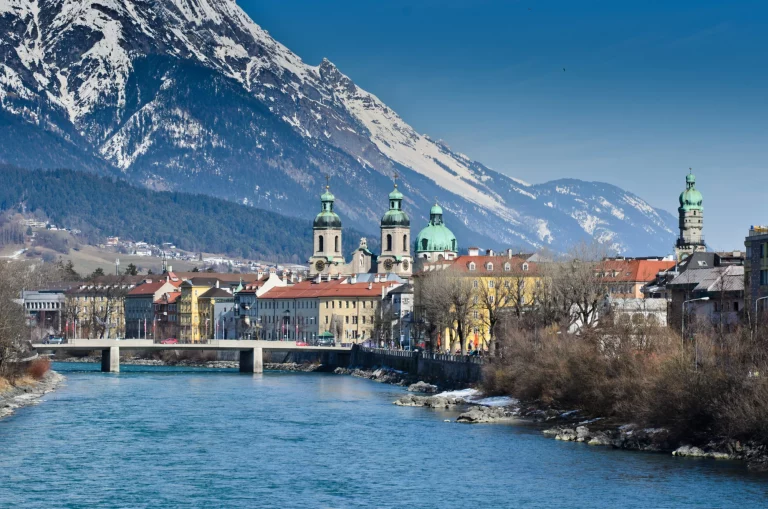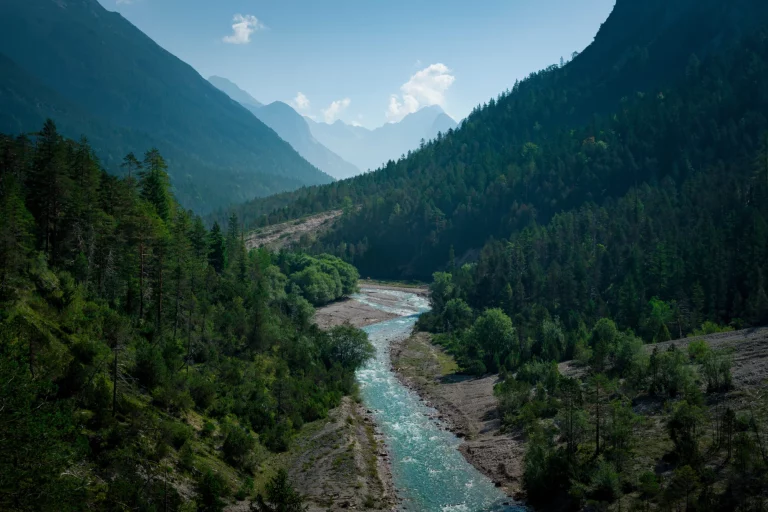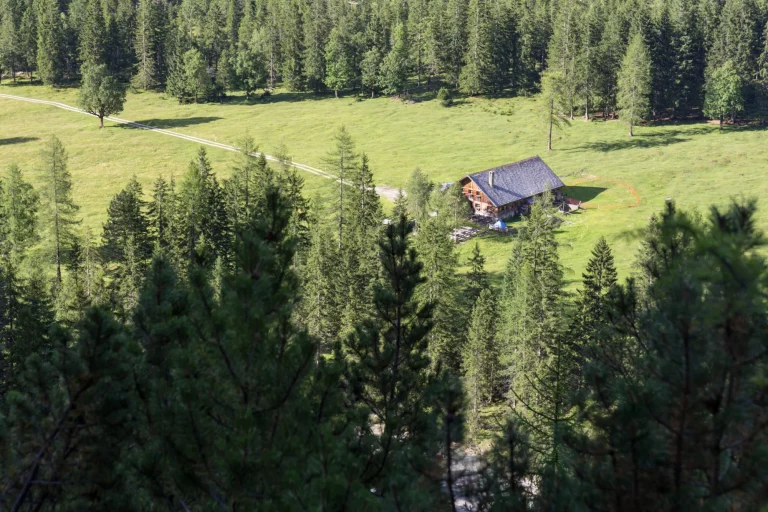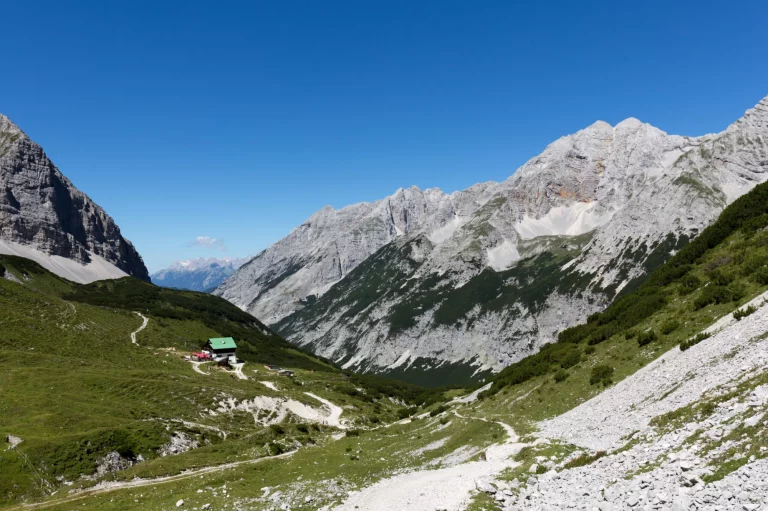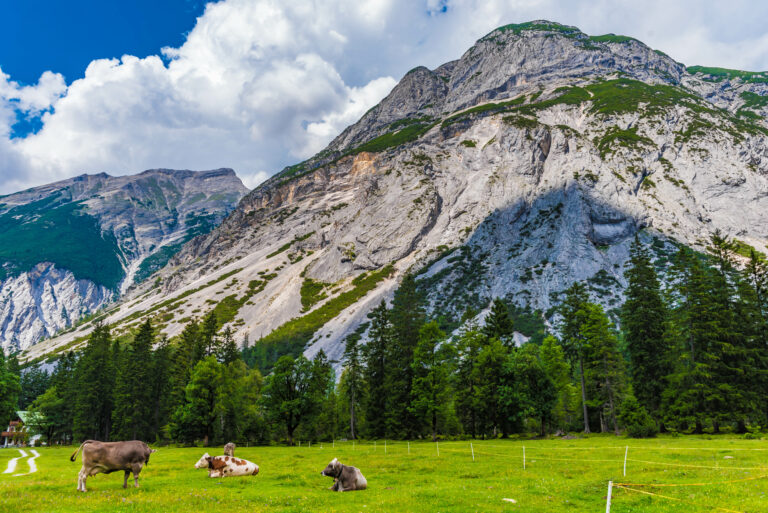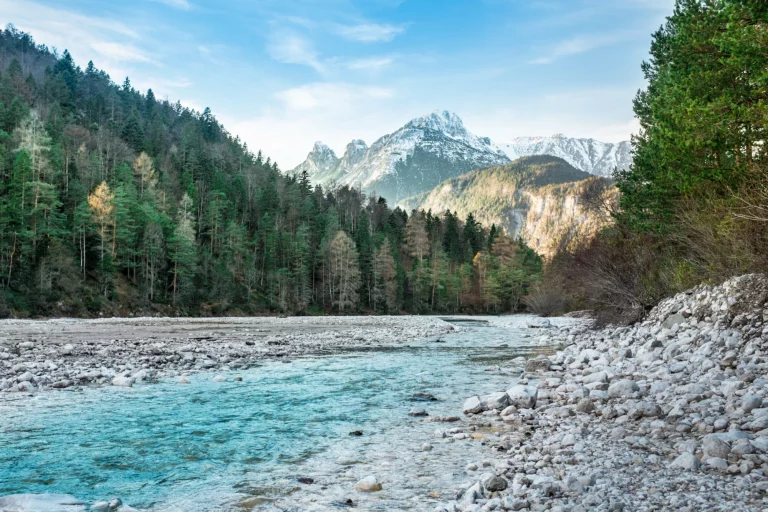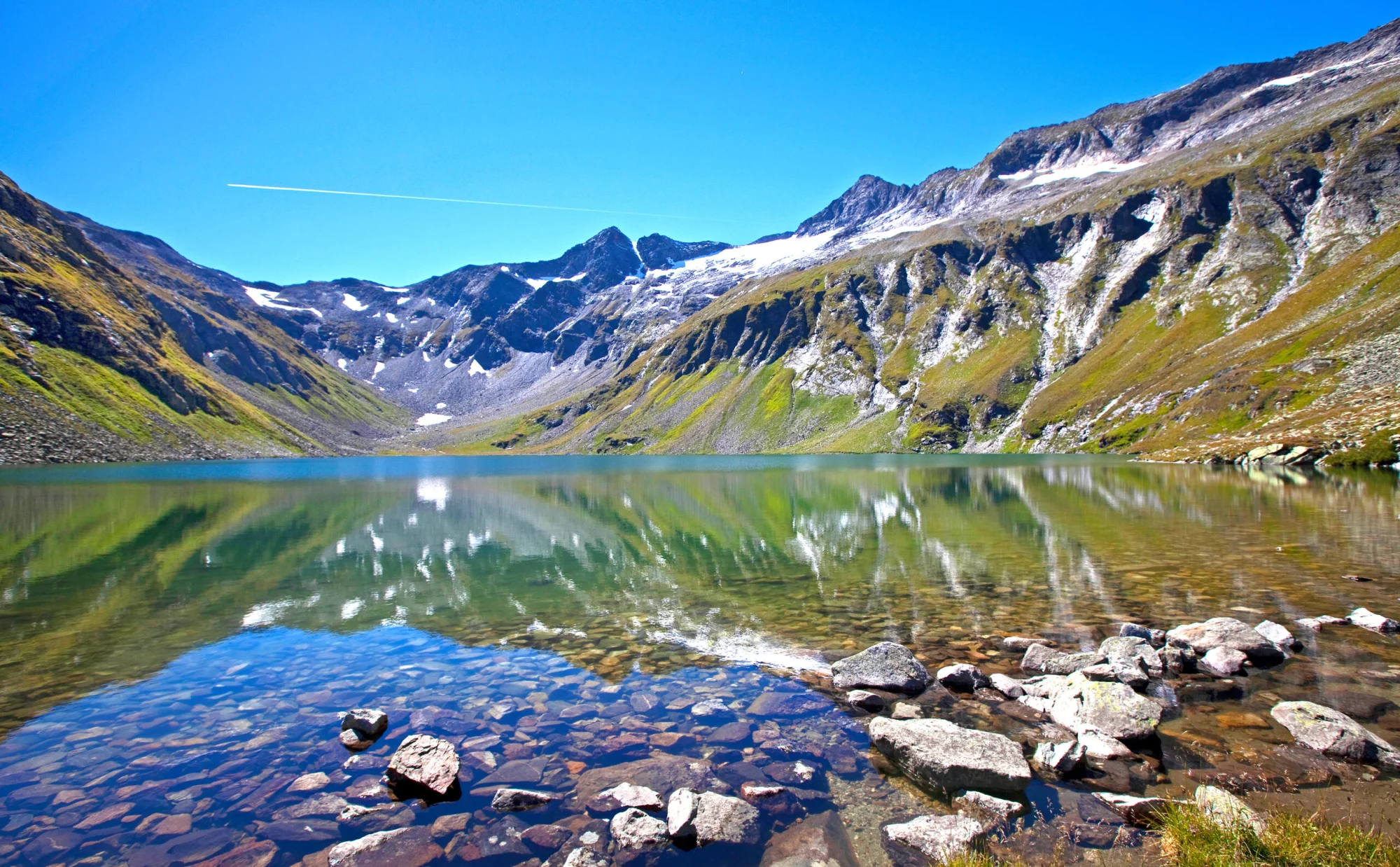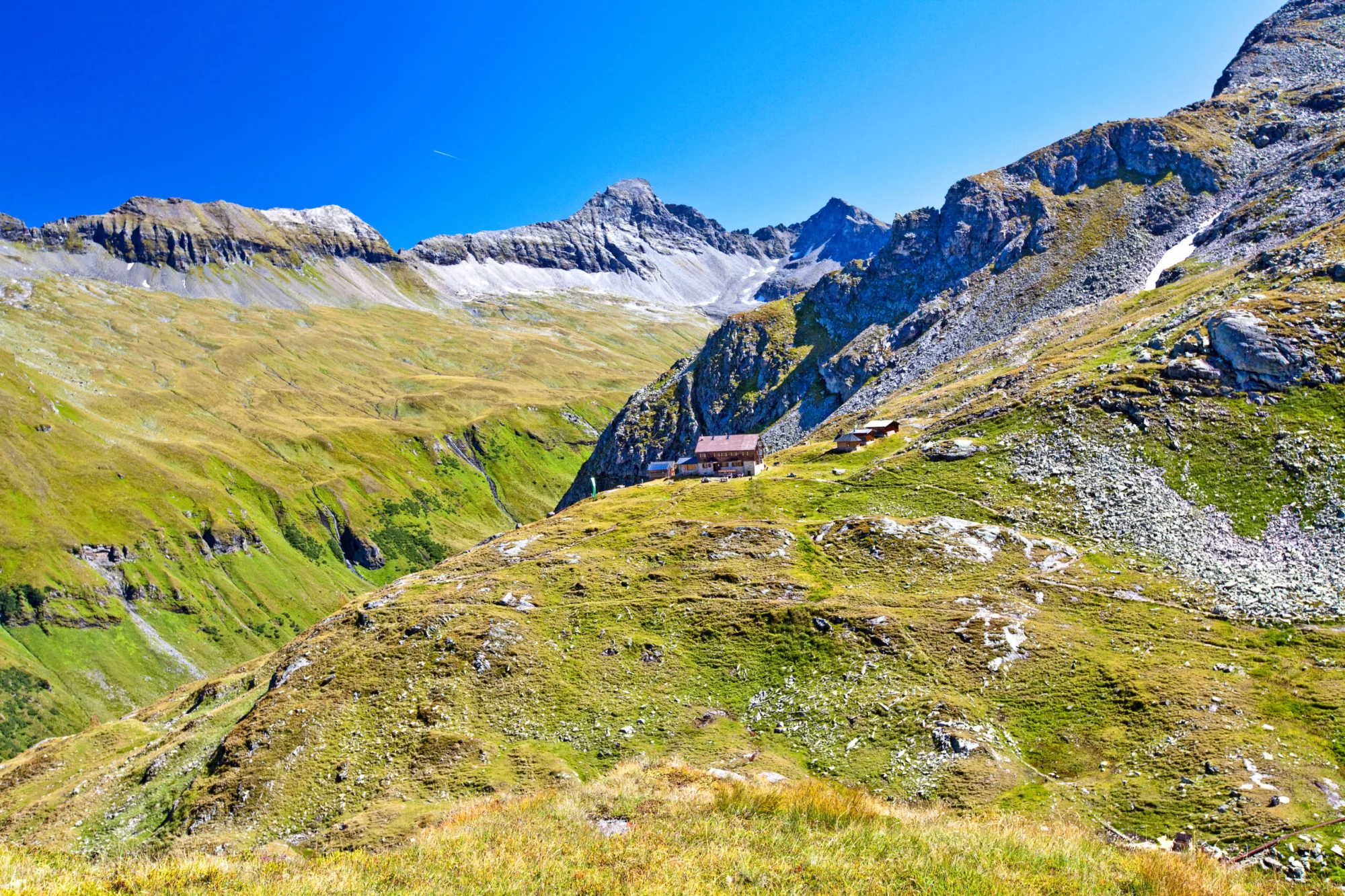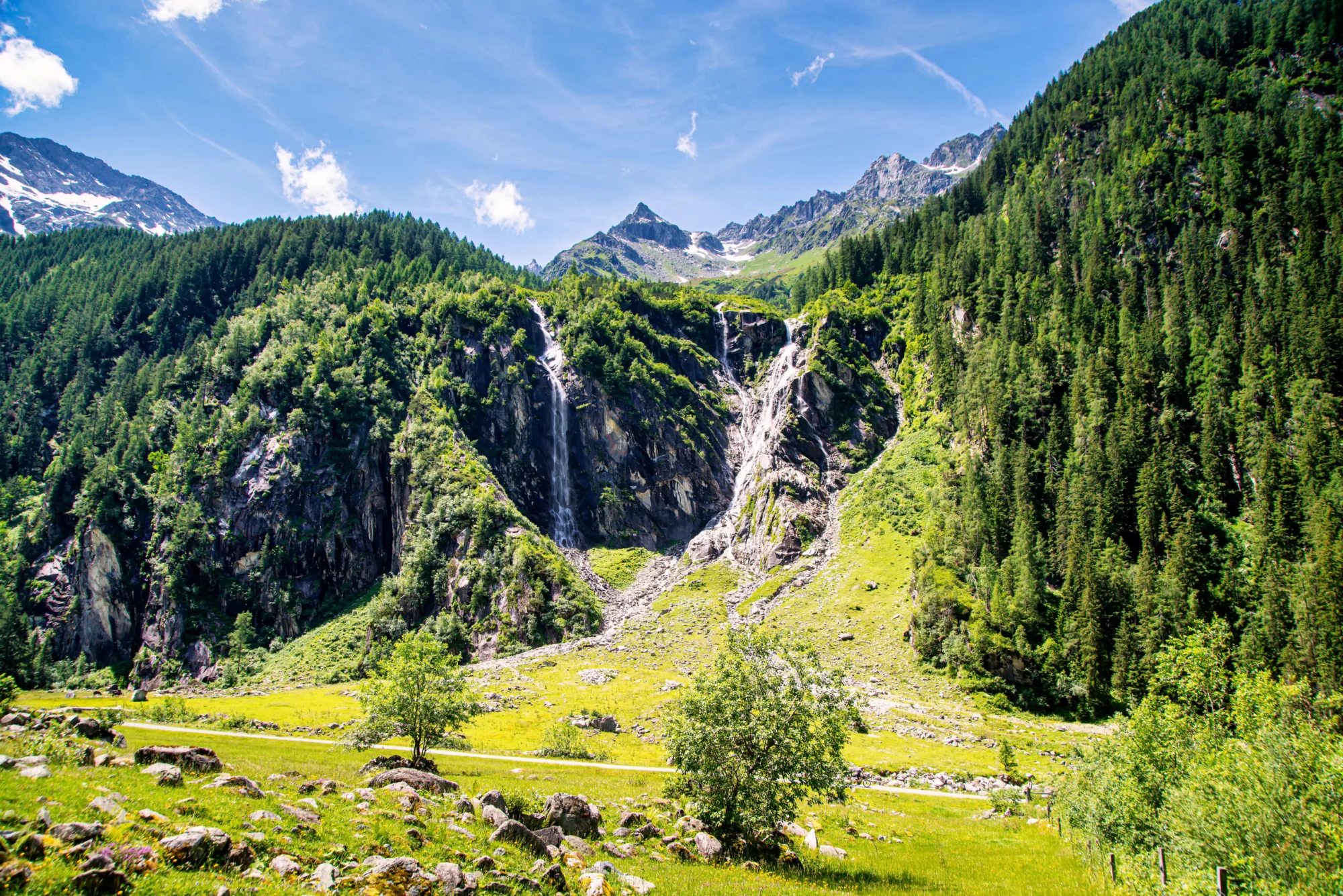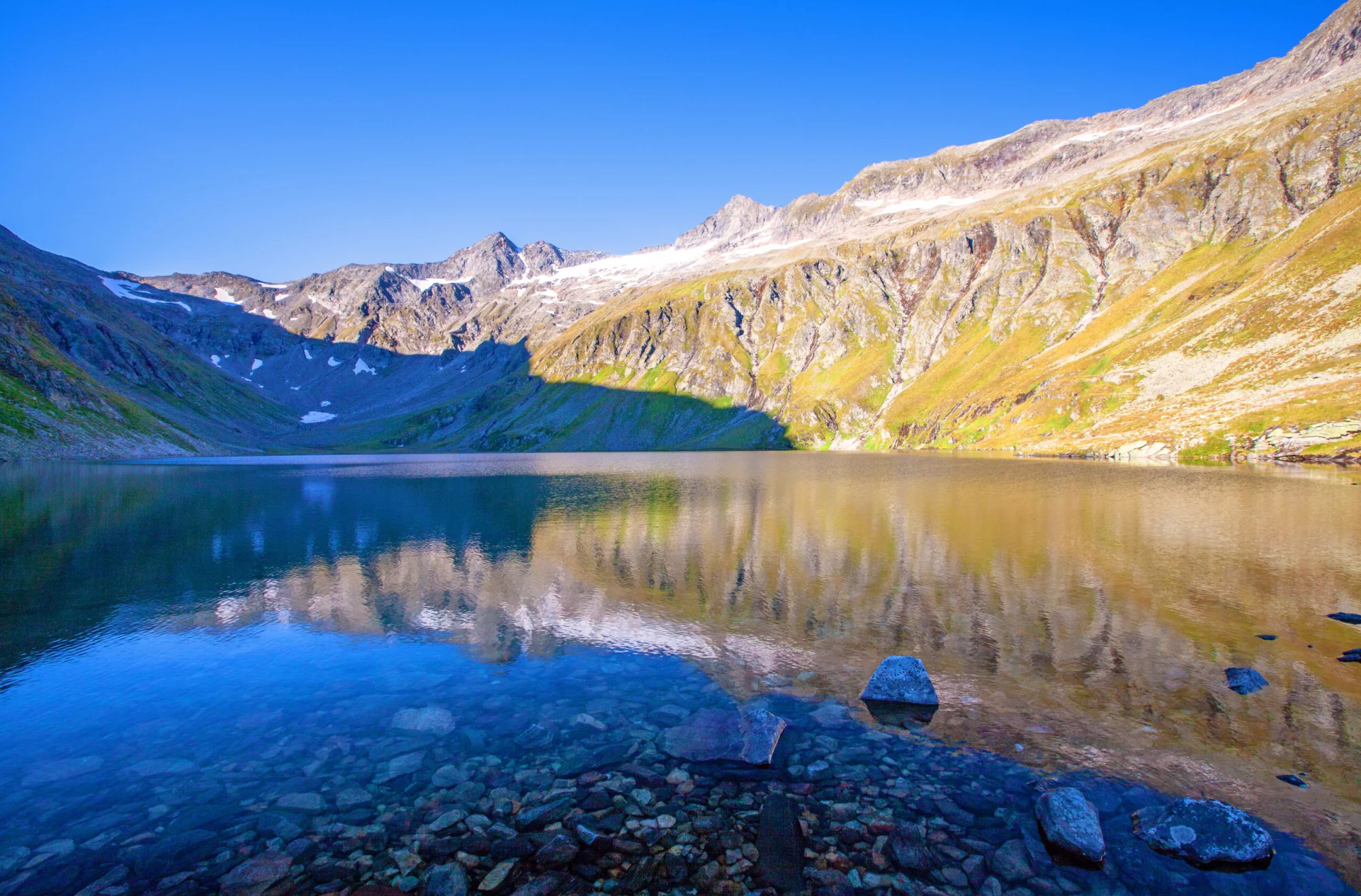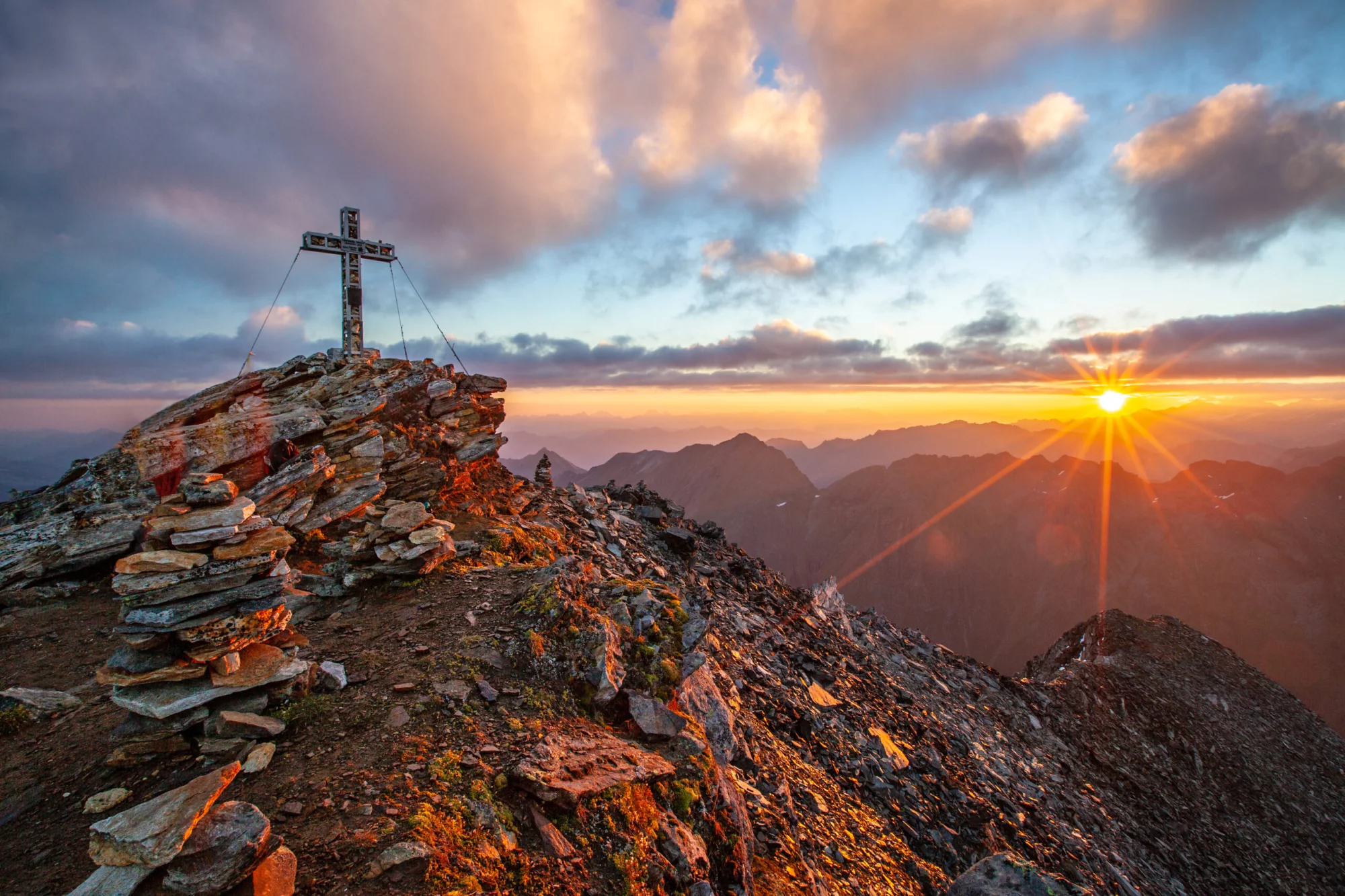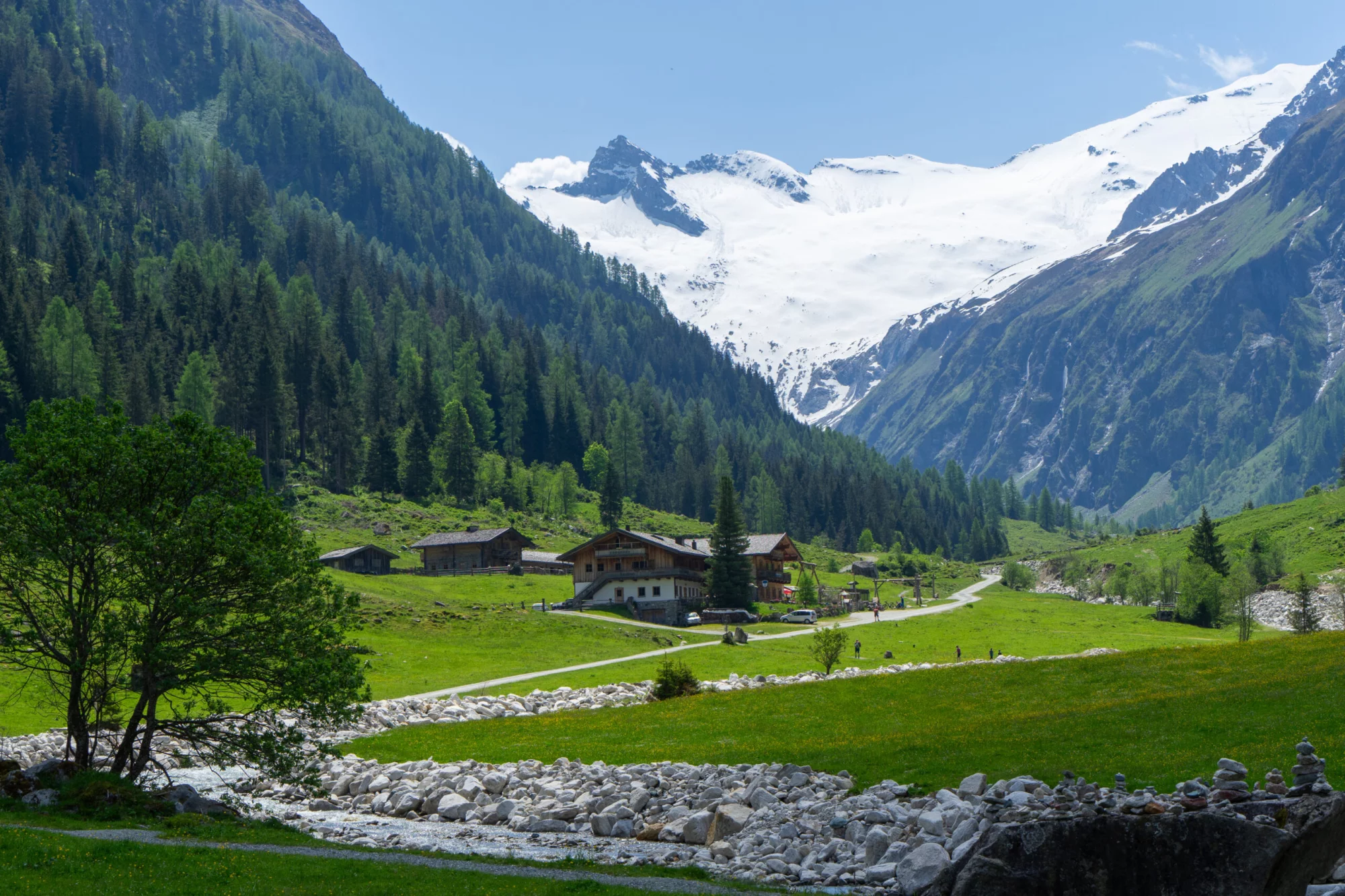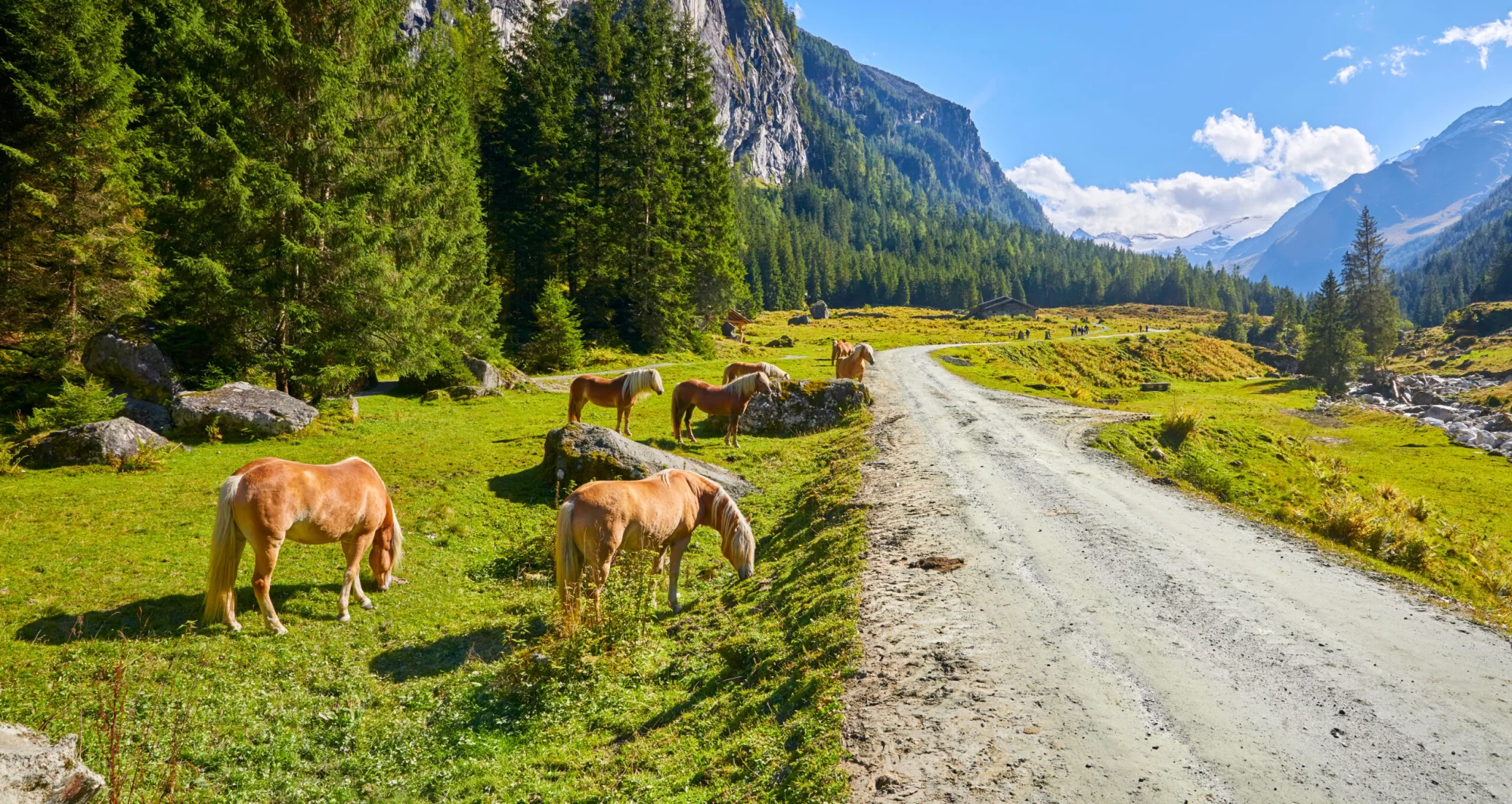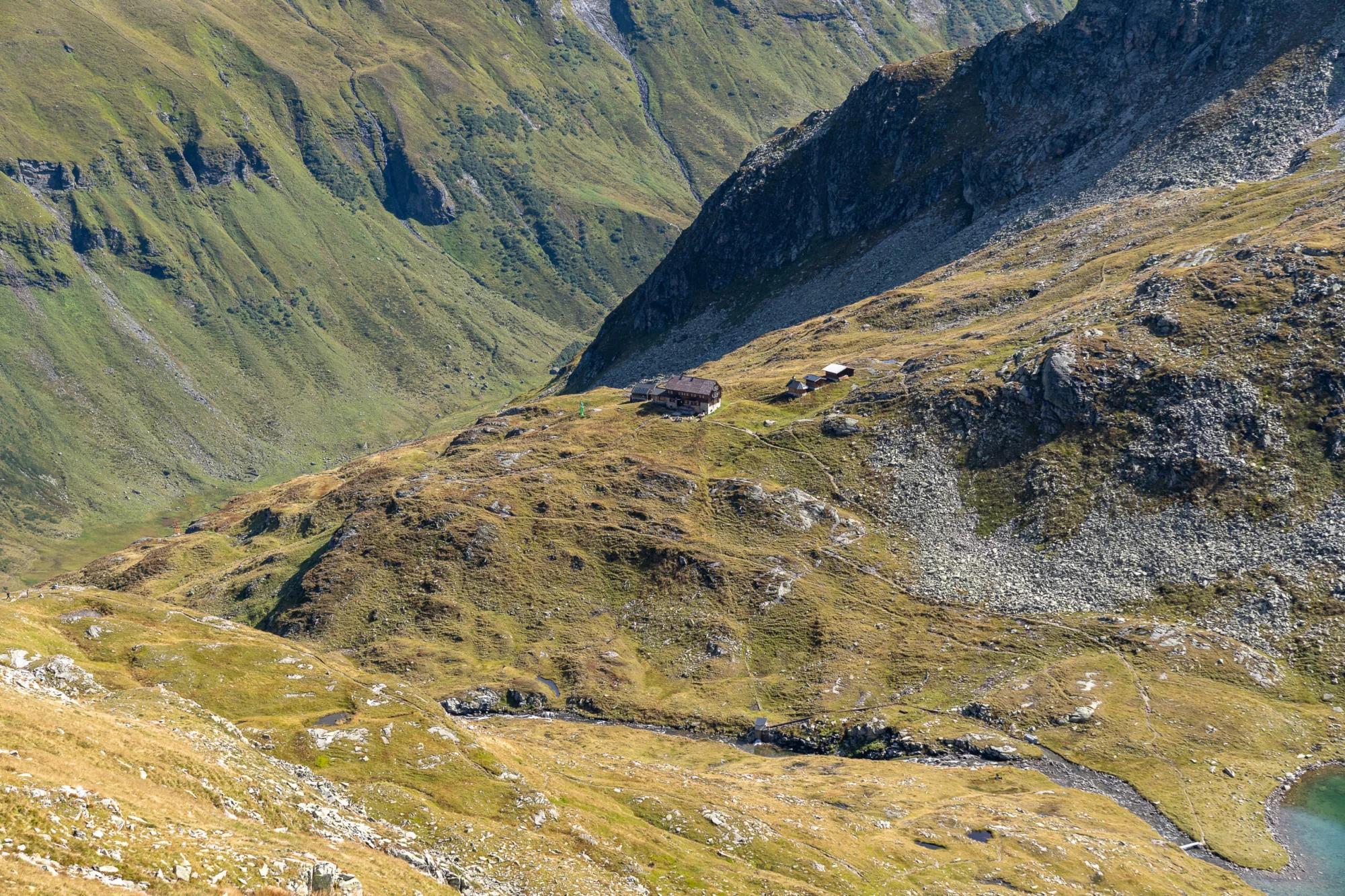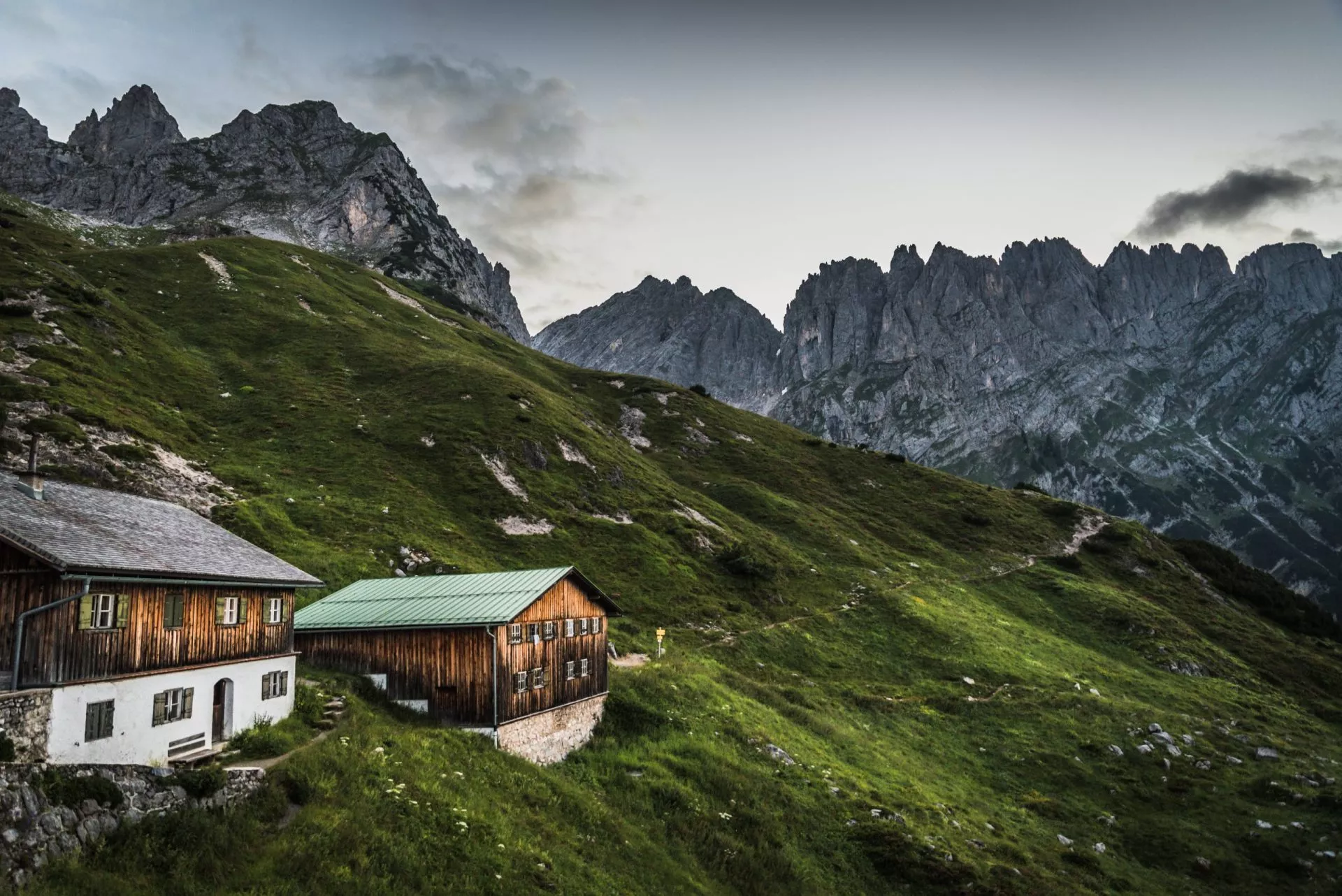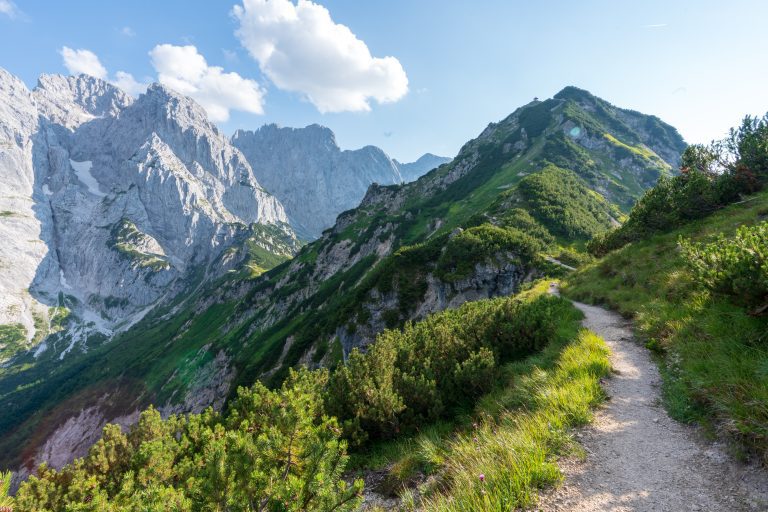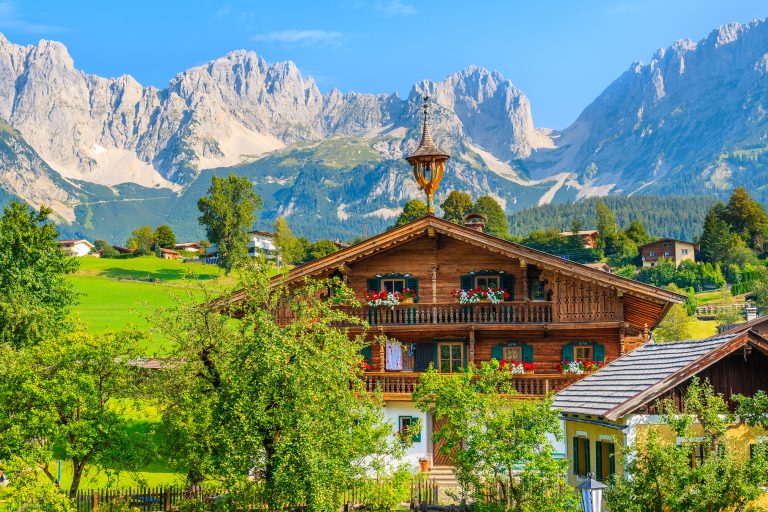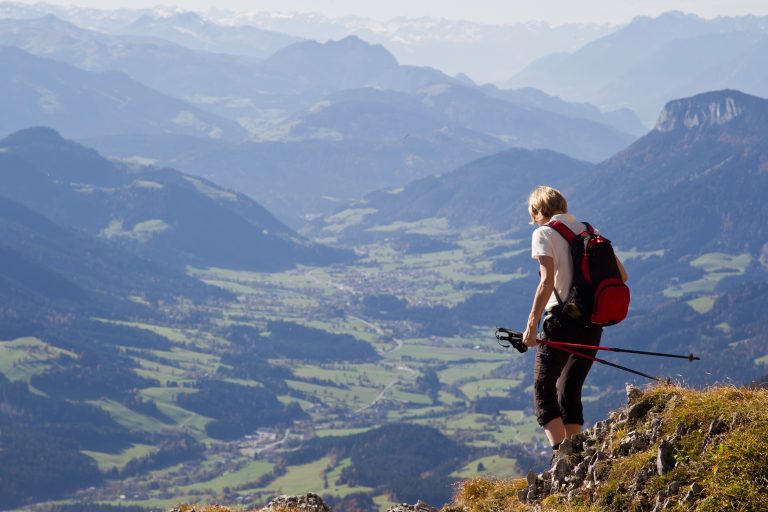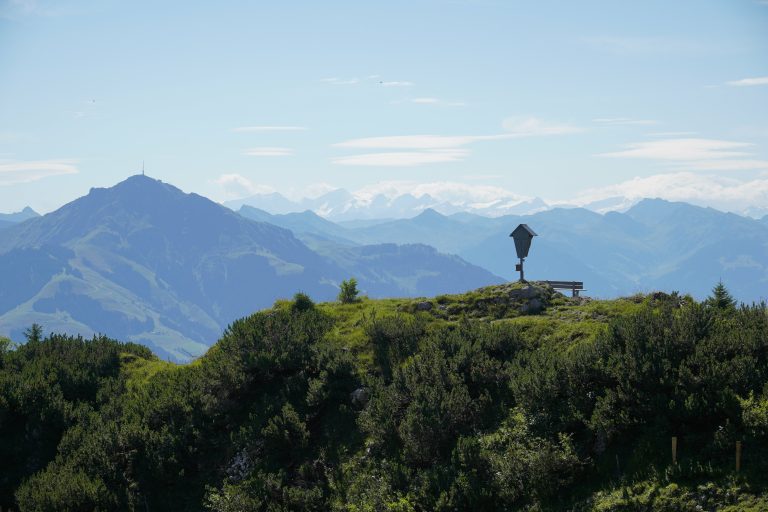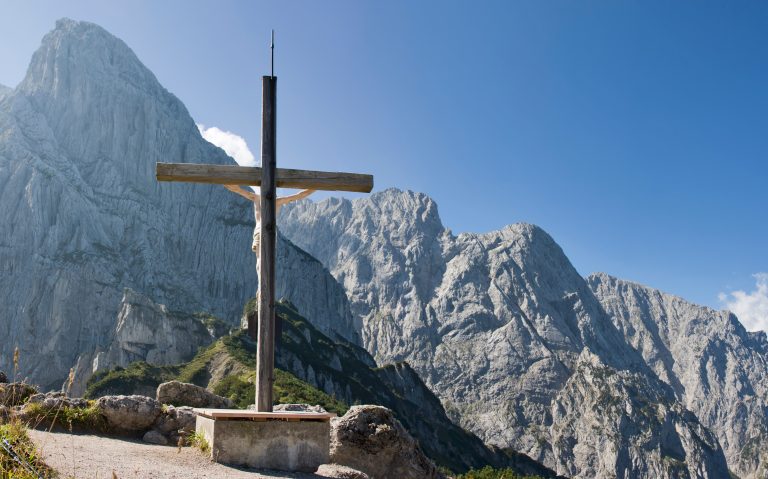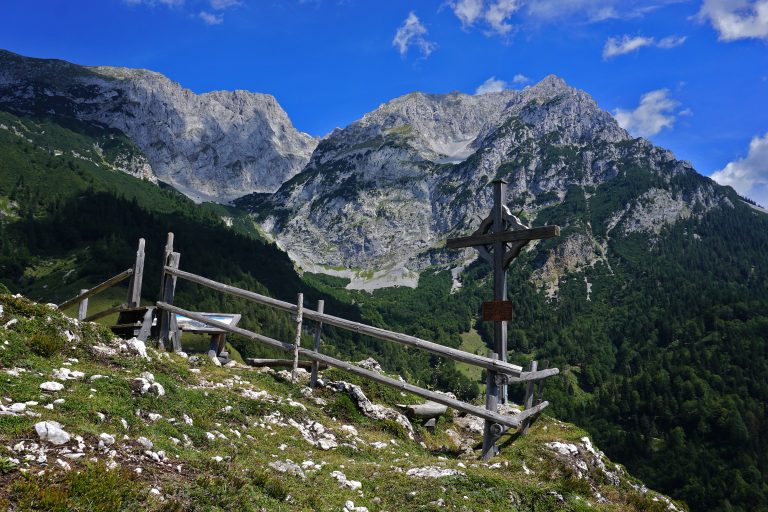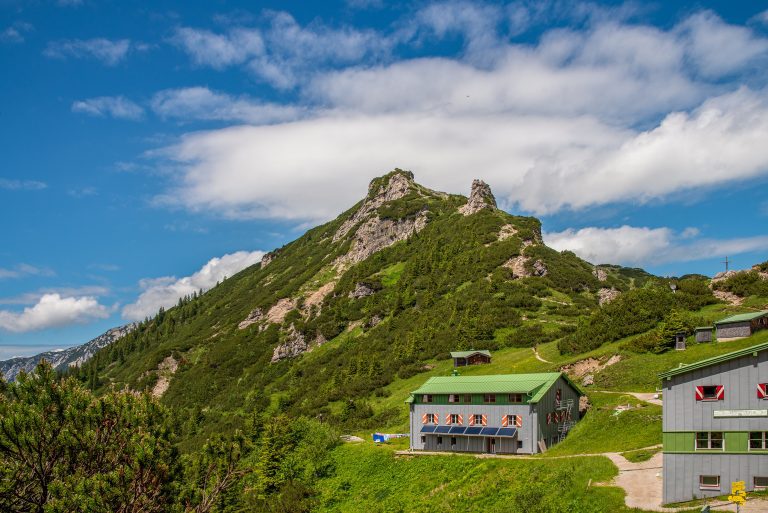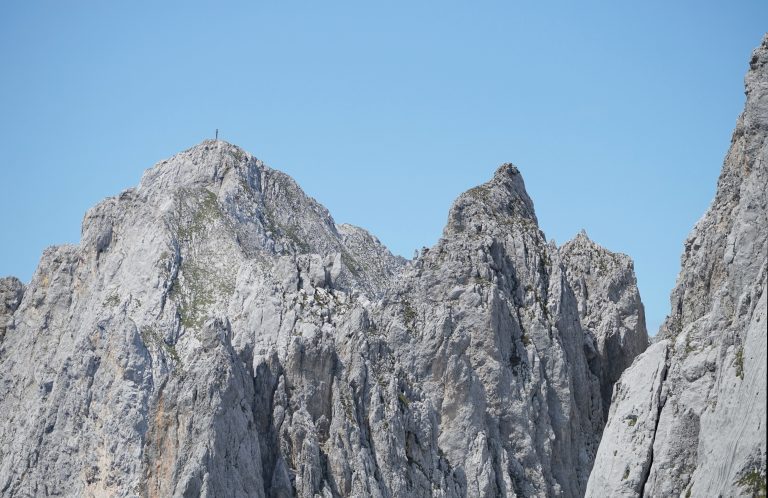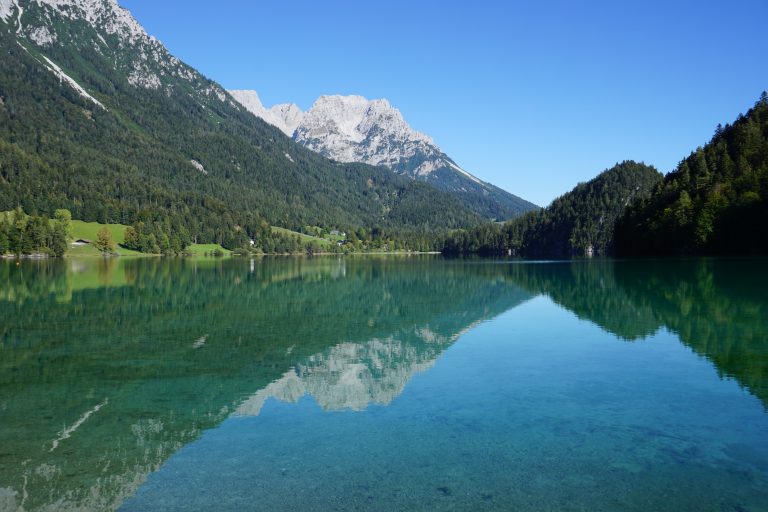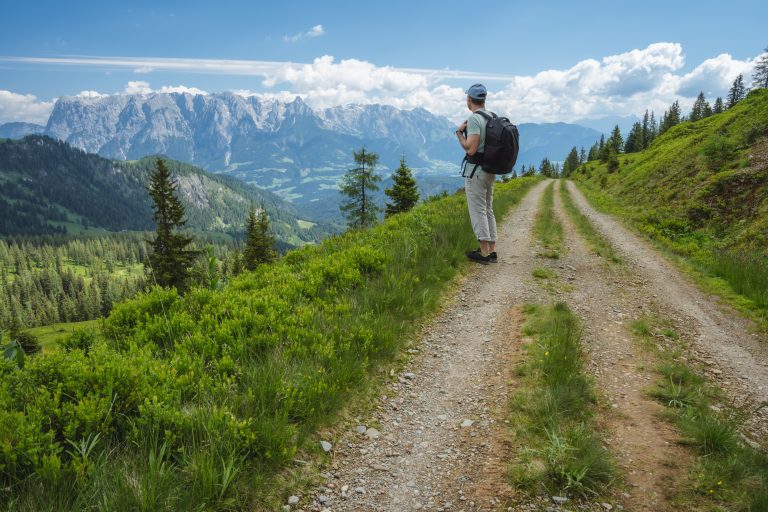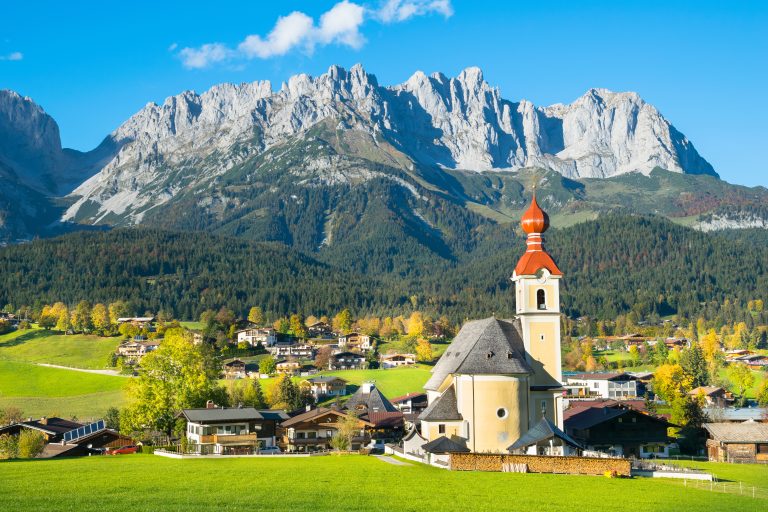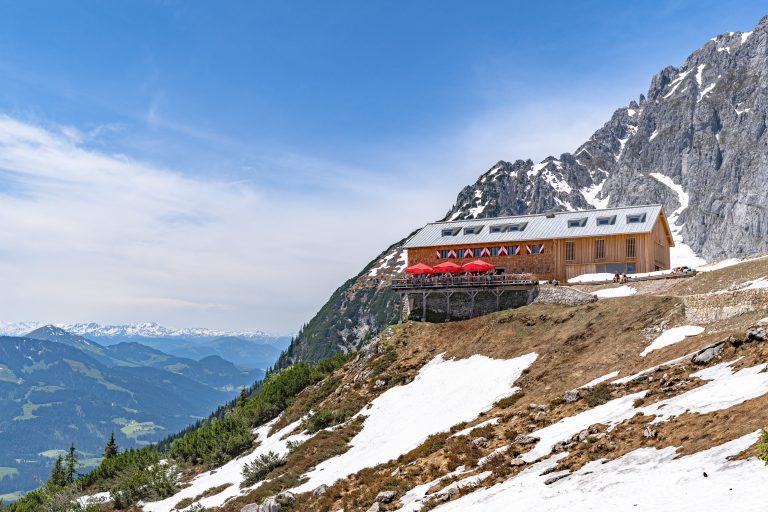
Alpe-Adria-Trail: Grossglockner to Mallnitz
Traverse past Austria’s highest peaks like Grossglockner, and witness the majestic beauty of the Pasterze Glacier
Discover the rich tapestry of history and legend in Heiligenblut of gold miners and ancient relics
Experience the harmony of nature and culture at the traditional mountain farming landscapes of Apriach
Embrace the serene spirituality of Austria’s highest pilgrimage church at Marterle
Marvel at the engineering and historical allure of ancient gold mining trails
Witness the awe-inspiring Jungfernsprung waterfall and the landscapes of the Hohe Tauern National Park
Itinerary
Begin your journey amidst the splendor of Austria’s highest peaks and the Pasterze Glacier, setting the stage for a trail steeped in natural wonders and historical mystique. Traverse past the emerald waters of Lake Sandersee, marvel at the grandeur of the Gößnitz Waterfall, and discover the tranquil Briccius Chapel, nestled in a powerful landscape said to heal. Your path unwinds through the Haritzersteig, leading to Heiligenblut, a village rich in gold mining lore and home to a relic of profound significance: a vial of Saint Briccius’ blood, a testament to faith and legend woven into the fabric of this sacred land.
13.6 km and 110 m of elevation gain / 1200 m of elevation loss
B&B or hotel in Heiligenblut
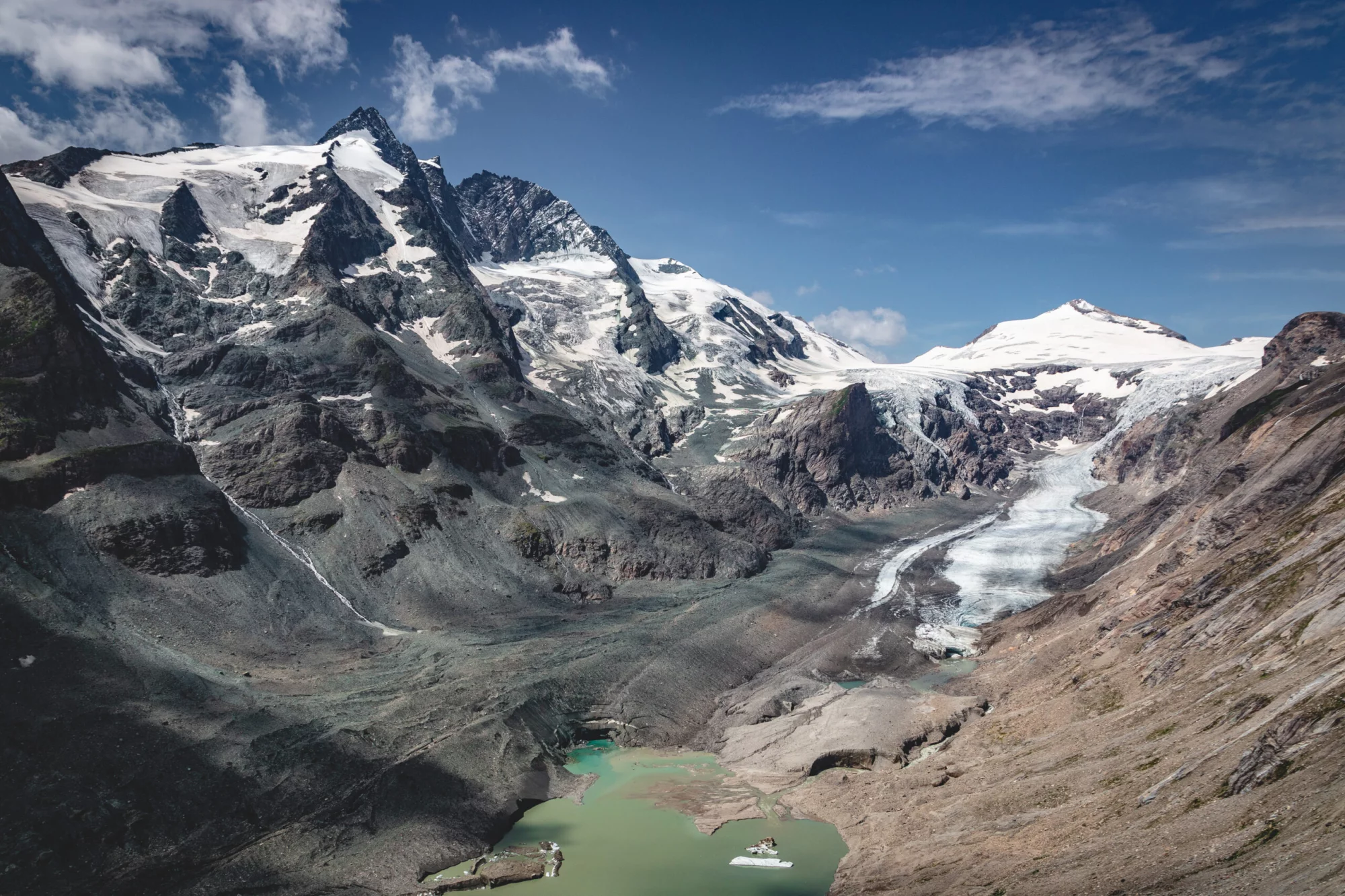
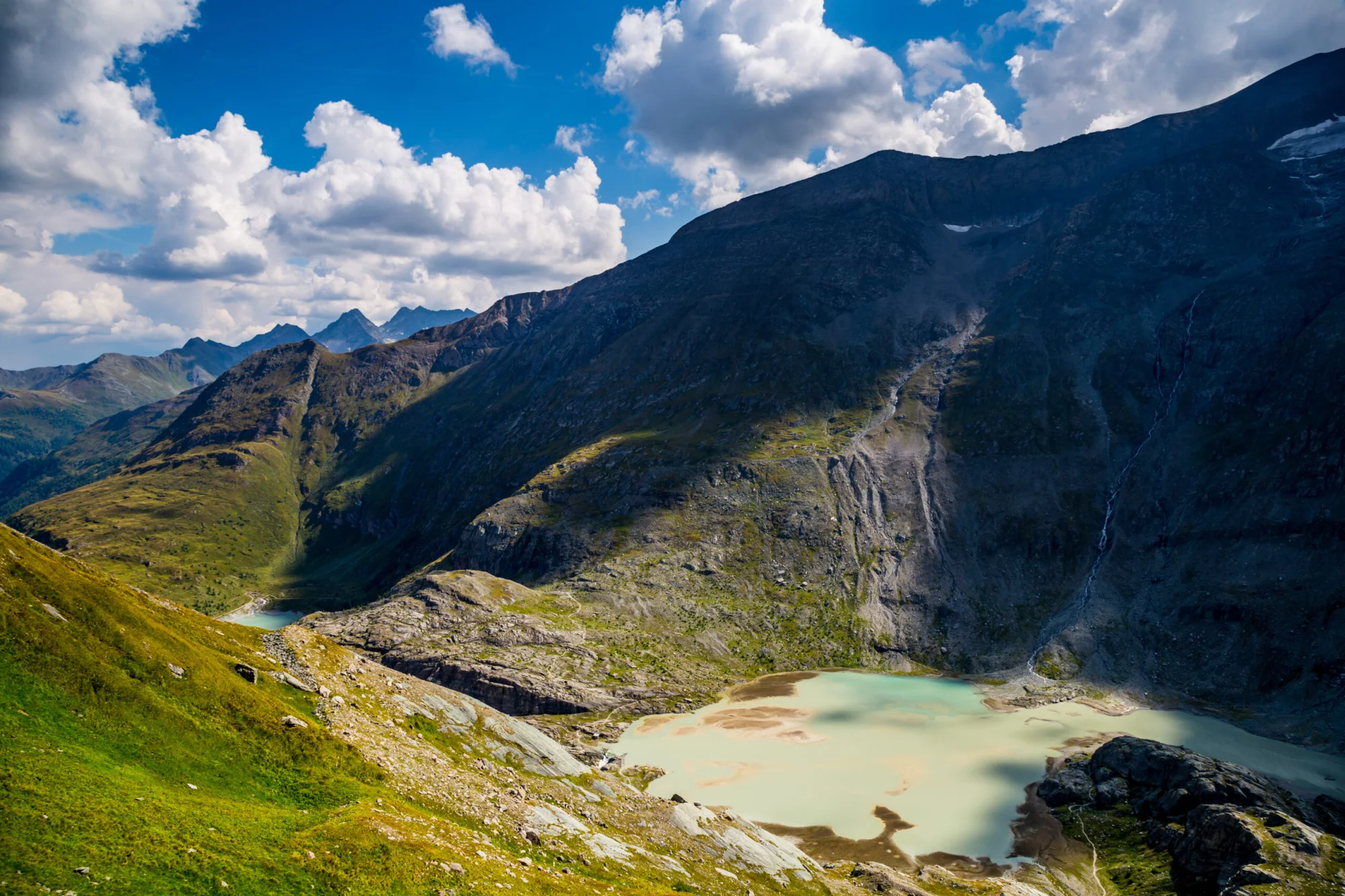
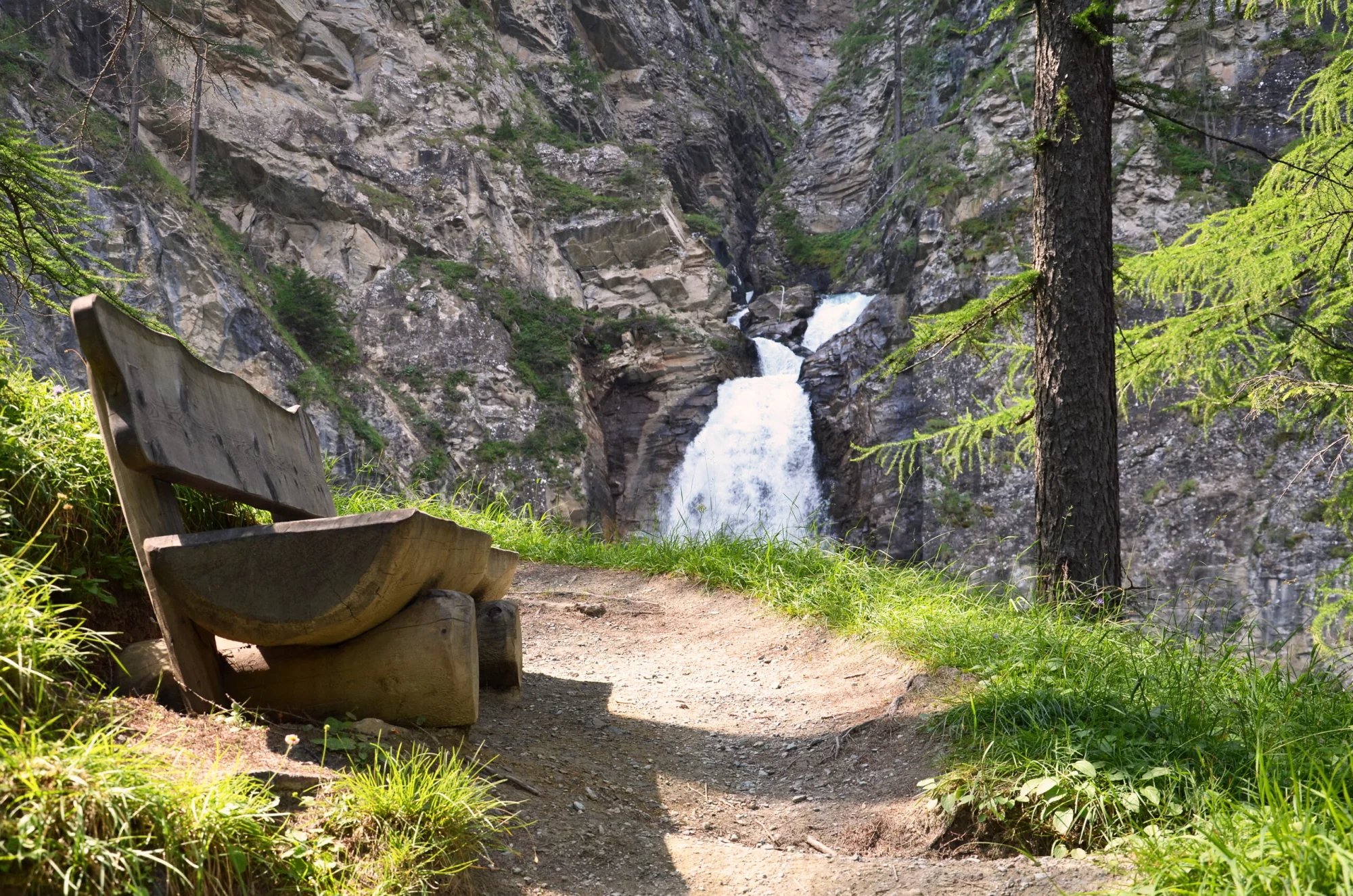
Embrace the harmonious blend of culture and nature as you depart from Heiligenblut. Journey through landscapes marked by historical gold mining sites and the architectural marvels of mountain farms. The trail offers a picturesque view of the Apriach mills, standing as a testament to agricultural resilience. Revel in the breathtaking sights of the Grossglockner and the majestic Jungfernsprung waterfall, culminating your day in Döllach, a nexus of alpine heritage and the guardianship of the Hohe Tauern National Park.
13 km and 450 m of elevation gain / 740 m of elevation loss
B&B in Döllach
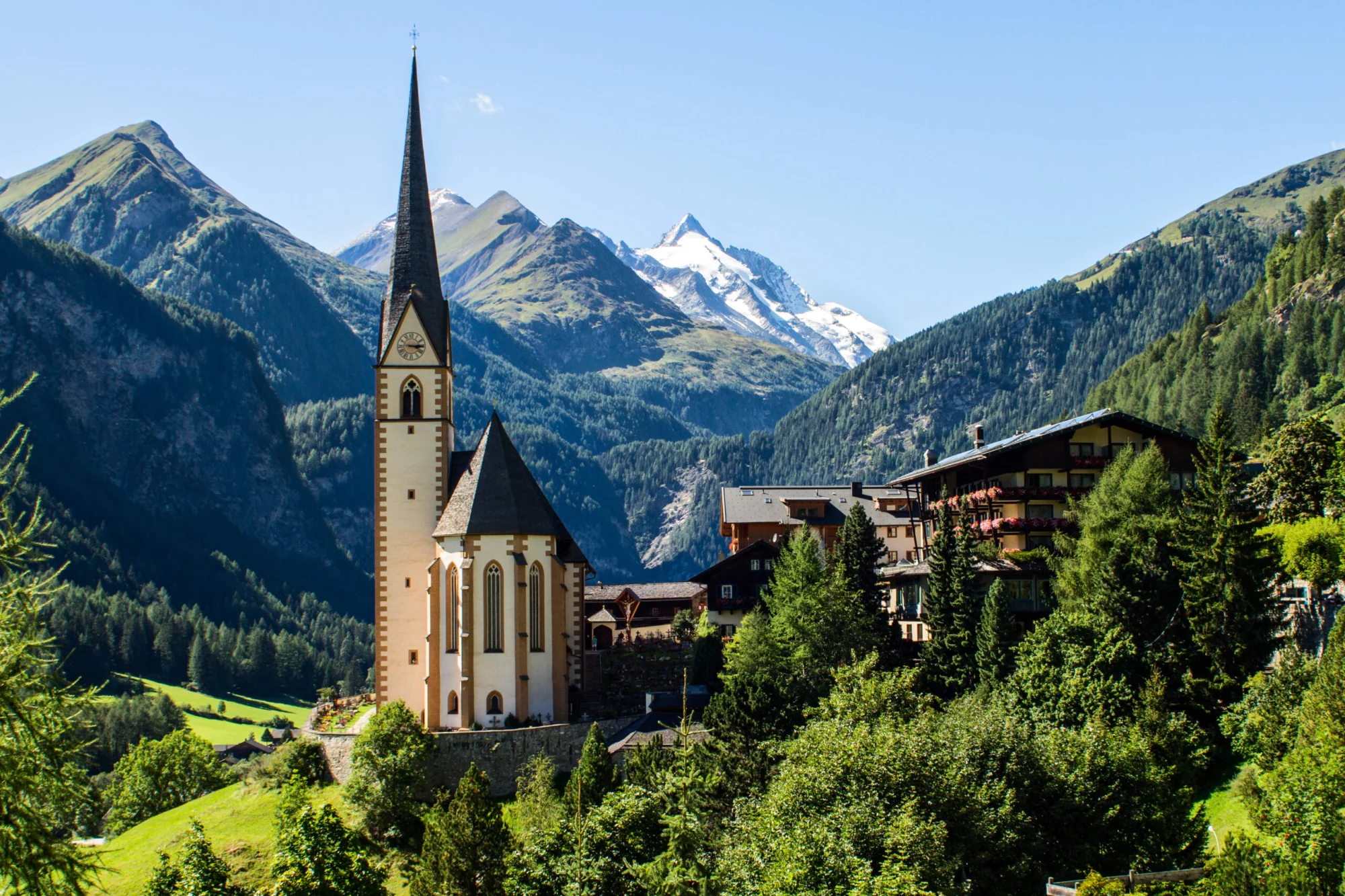
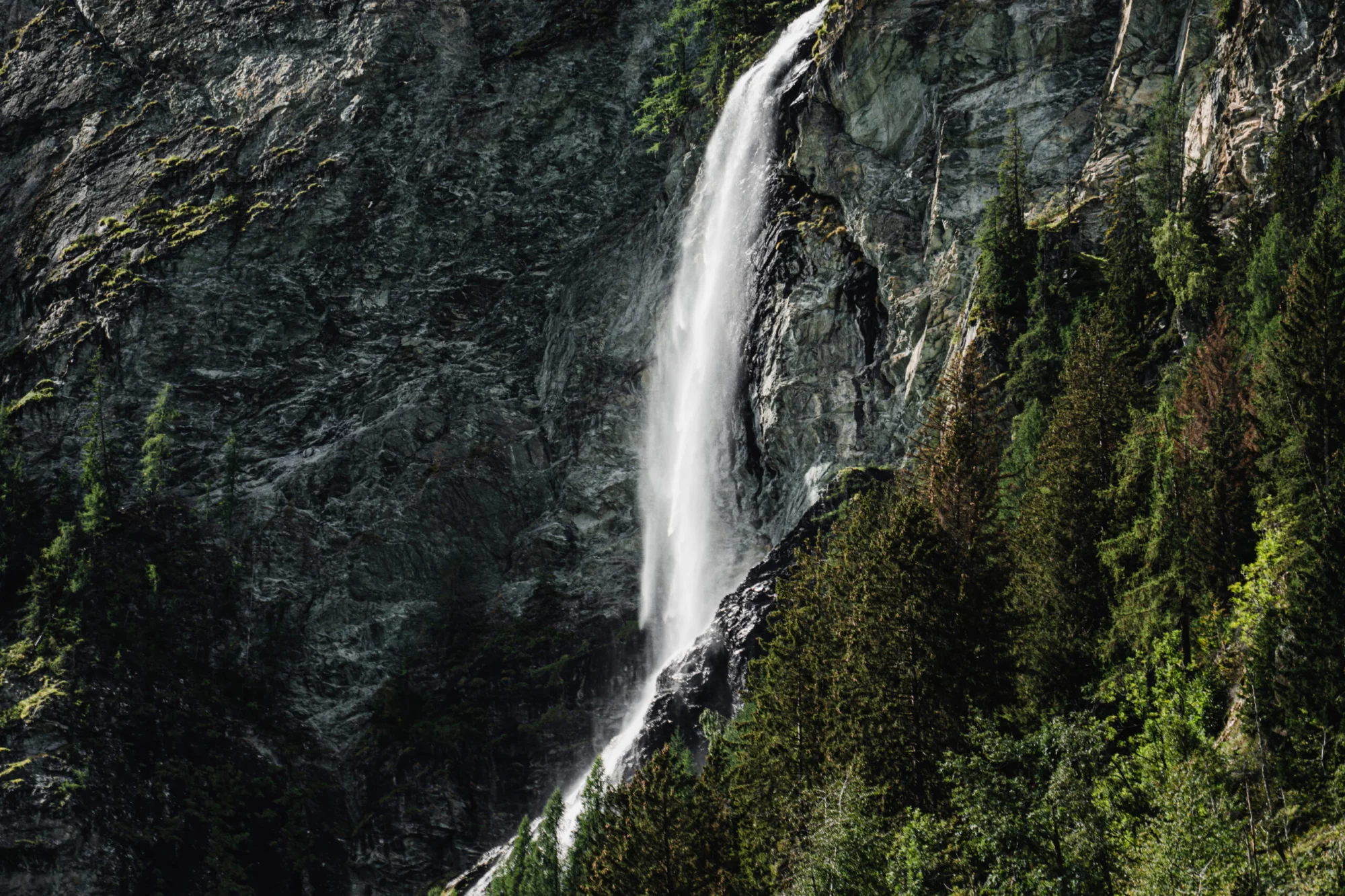
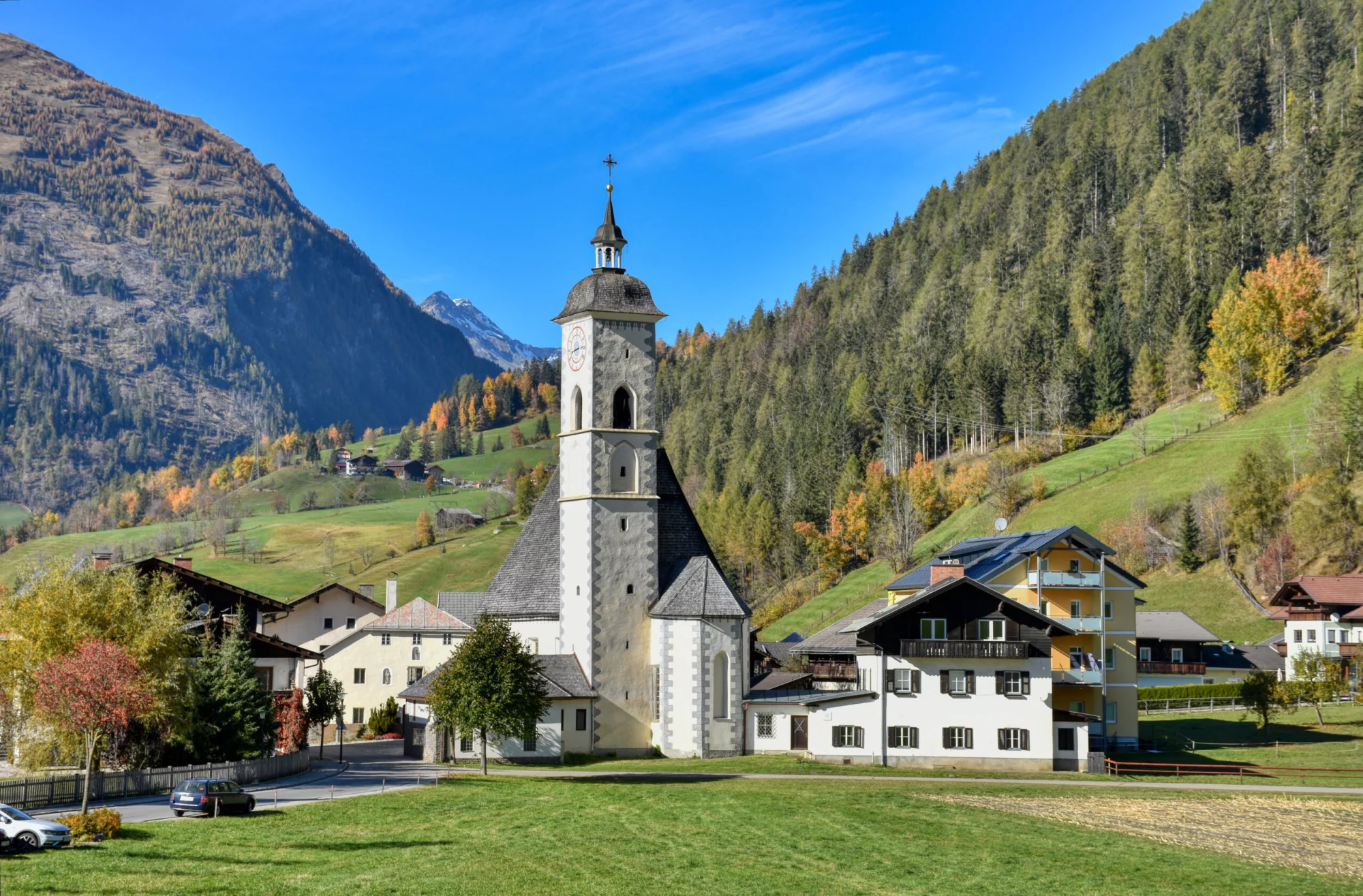
Ascend towards Marterle, home to Austria’s highest sanctuary church, an emblem of devotion set against the backdrop of Carinthia’s majestic peaks. This stage weaves through rivers, quaint villages, and dense forests, opening up to panoramic views of the Glockner range and the imposing Schober massif. It’s a pilgrimage of spirit and scenery, leading to a place where faith and the grandeur of nature converge in serene harmony.
18.5 km and 950 m of elevation gain / 140 m of elevation loss
B&B in Marterle
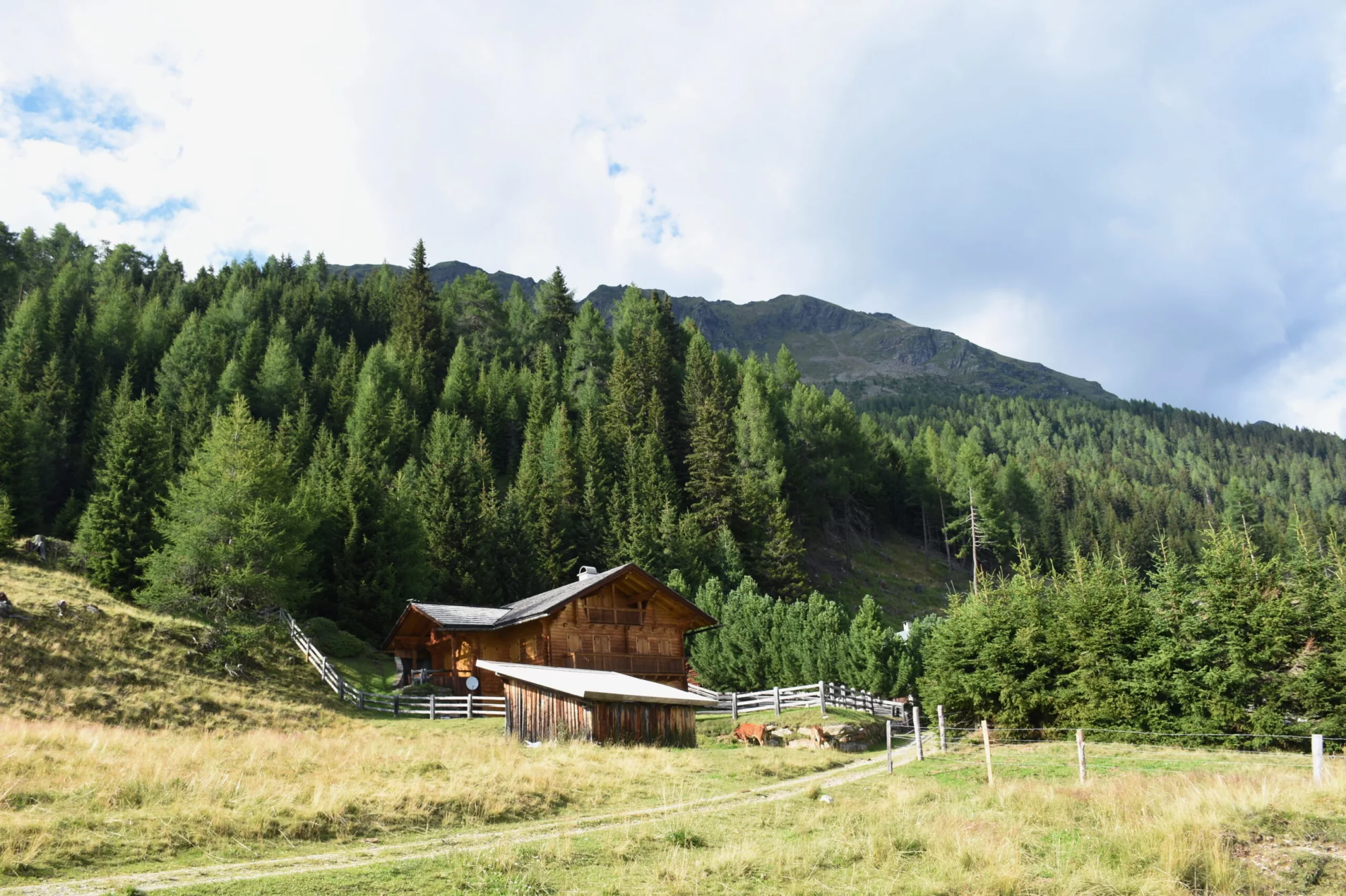
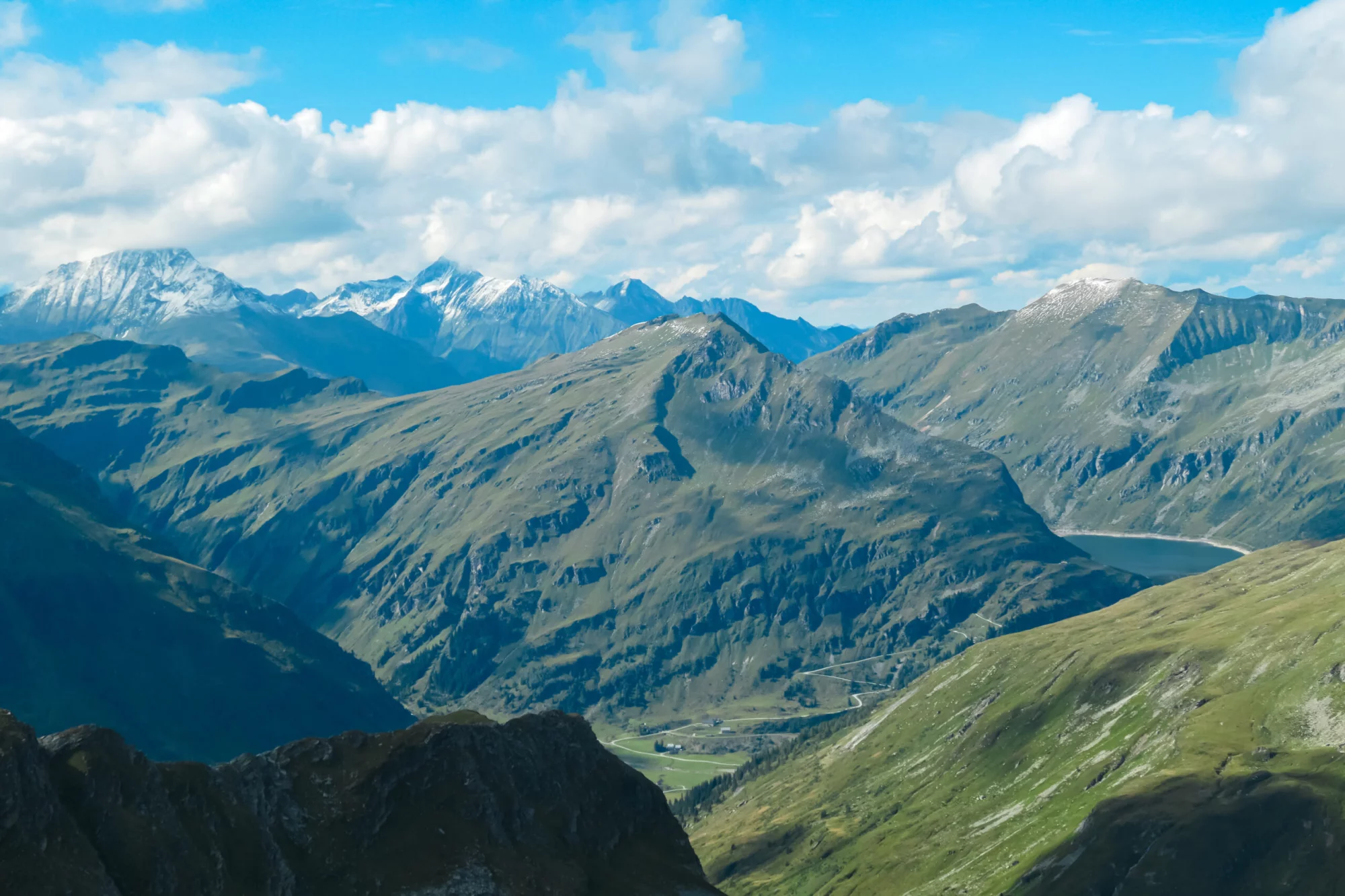
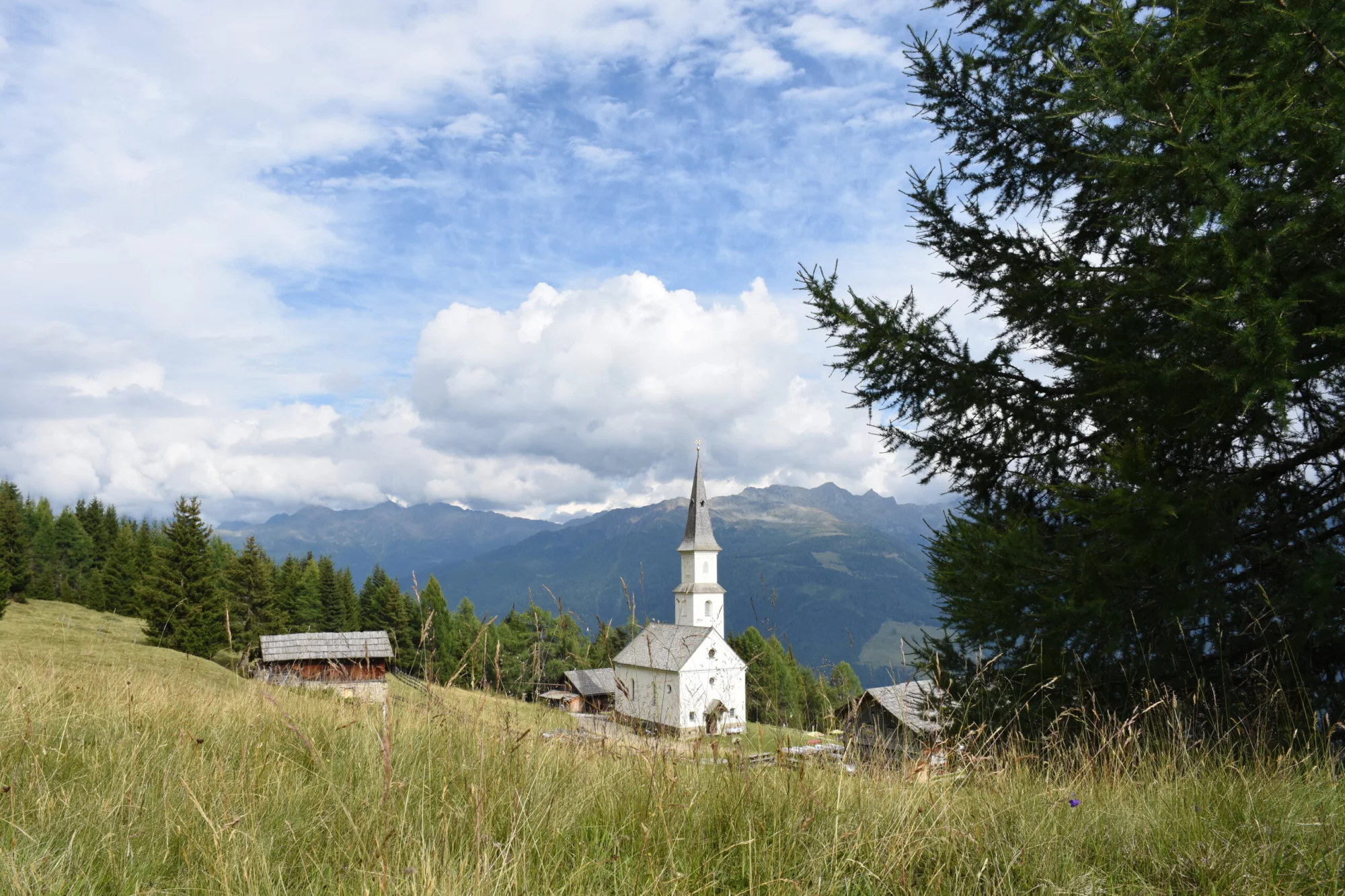
Descend from Marterle through enchanting alpine pastures and whispering forests to Stall im Mölltal, tracing the footsteps of pilgrims past. This journey, rich in tranquility and natural splendor, connects you deeply with the landscape and its historical roots in spirituality. The old pilgrimage paths offer a tangible link to the traditions that have shaped this land and its people, embodying the enduring allure of the Alpe Adria Trail.
12 km and 90 m of elevation gain / 1100 m of elevation loss
B&B in Stall
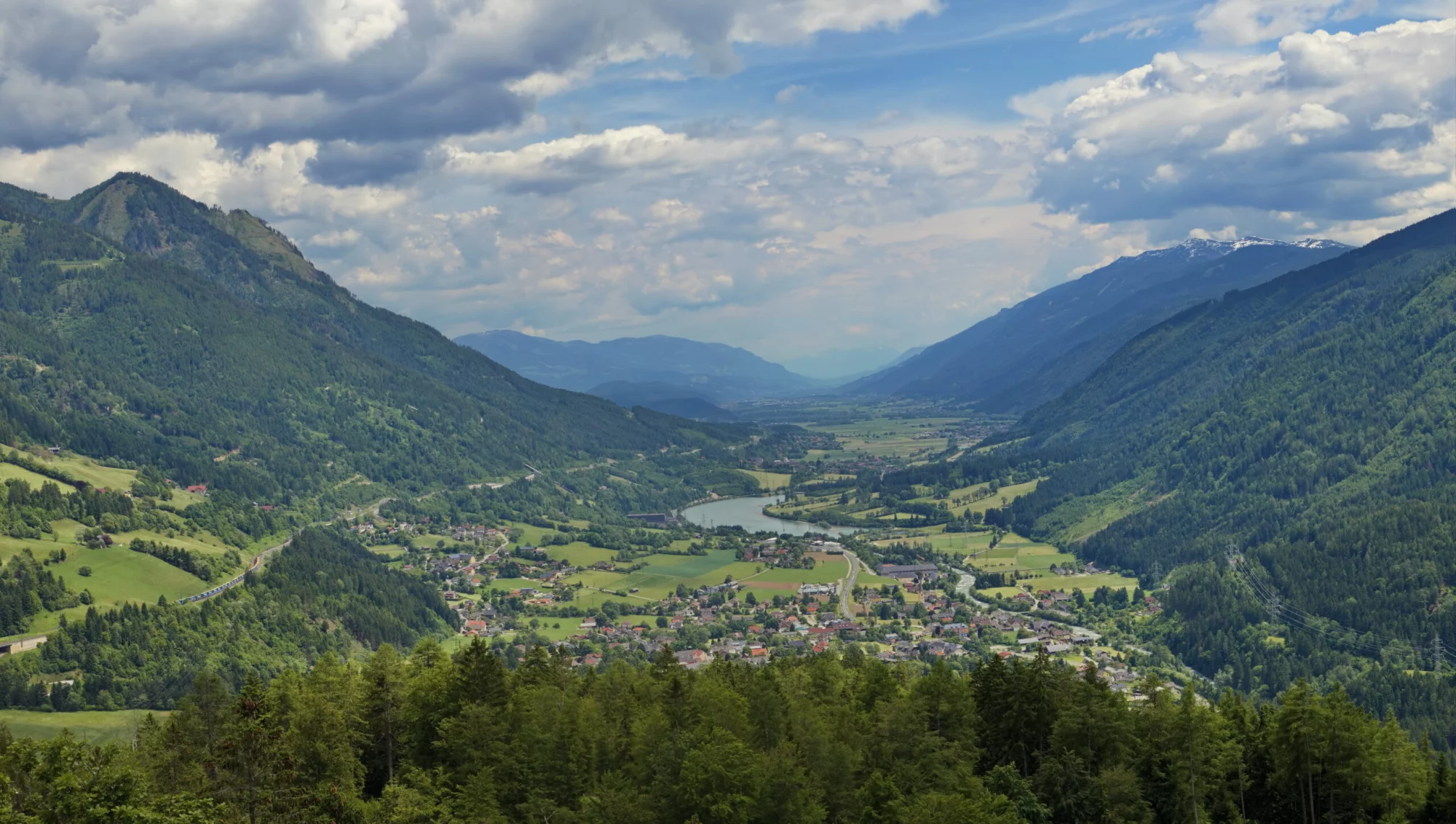
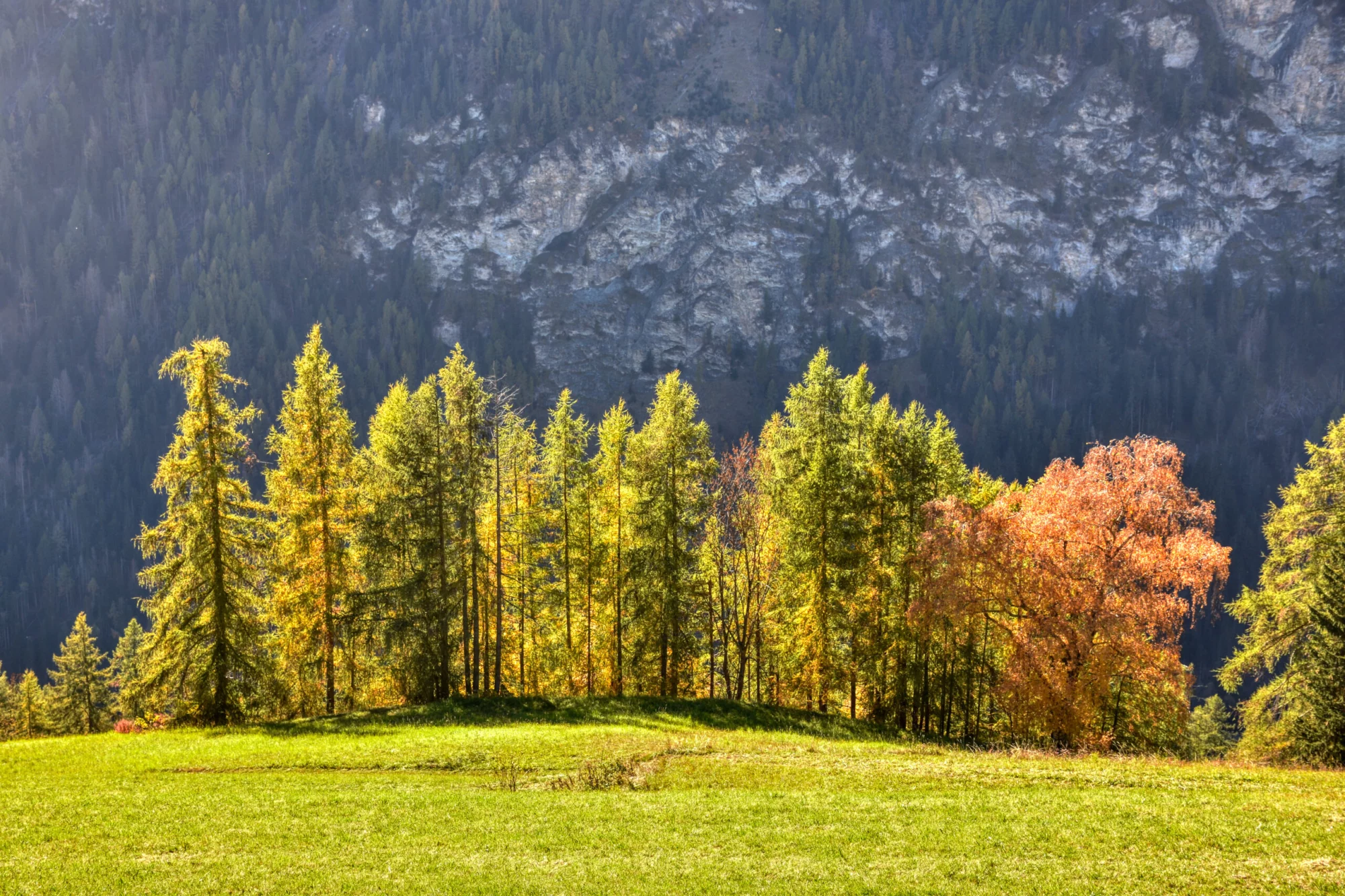

Venture from Stall to Innerfragant, traversing paths that narrate stories of ancient castles, secluded schools, and bygone mining days. This leg invites you to explore the legacy of Wildegg Castle and the life of mountain farmers, before delving into the silent tales of copper miners along the “mine track“. It’s a stage that harmoniously blends the echoes of history with the timeless beauty of alpine pastures, offering a glimpse into the heart of the region’s past and present.
20 km and 1100 m of elevation gain / 840 m of elevation loss
B&B in Innerfragant
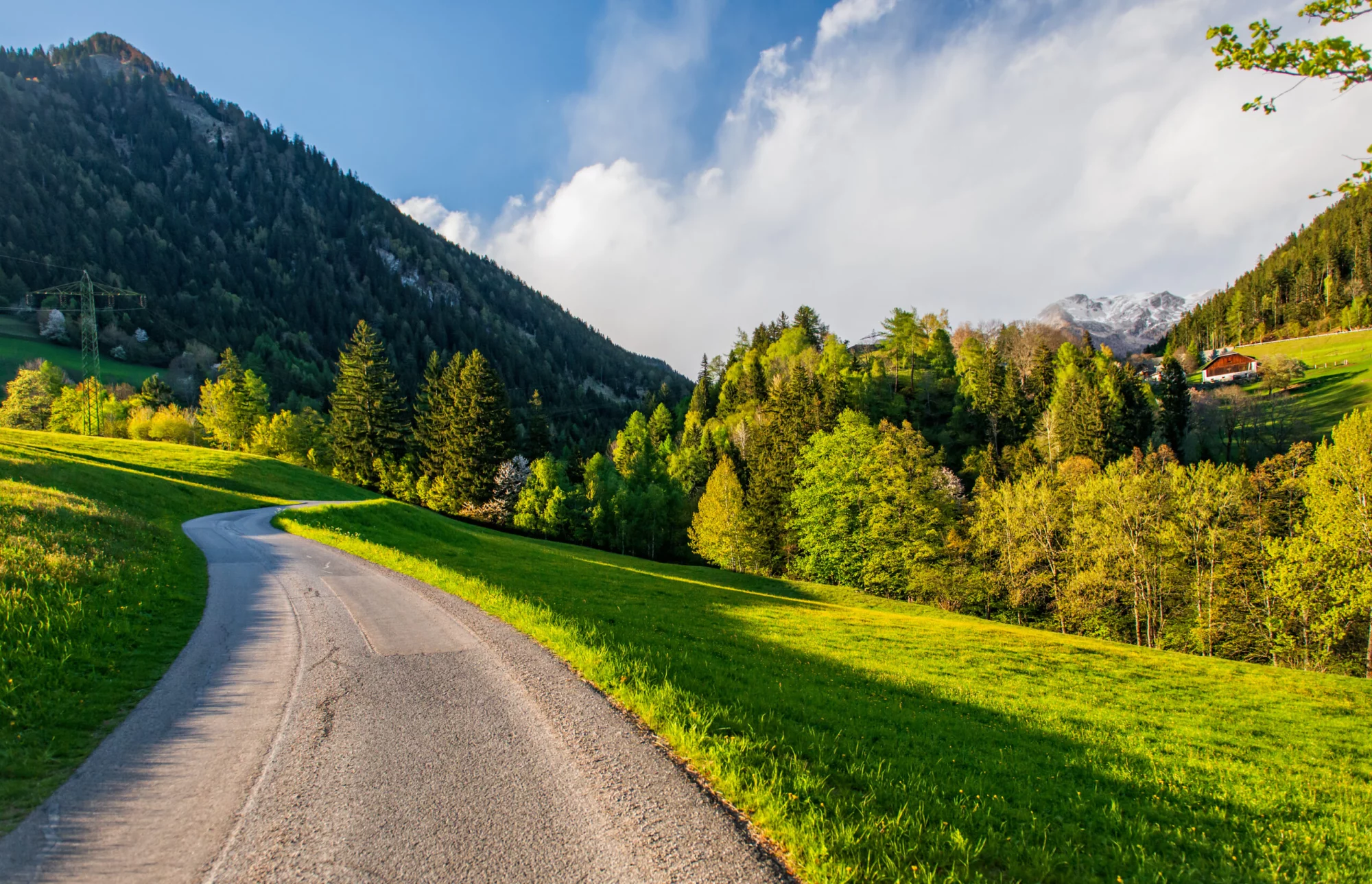
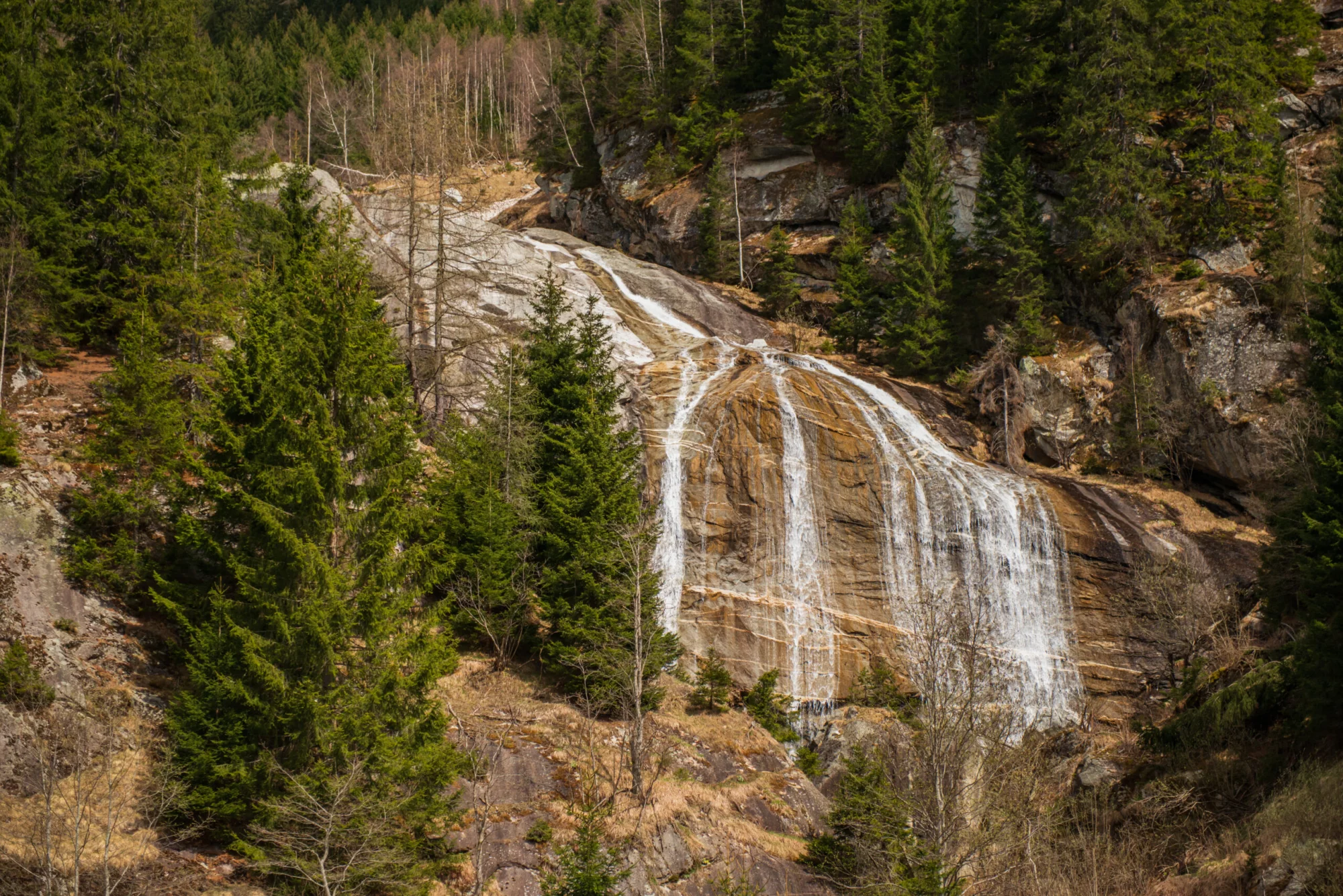
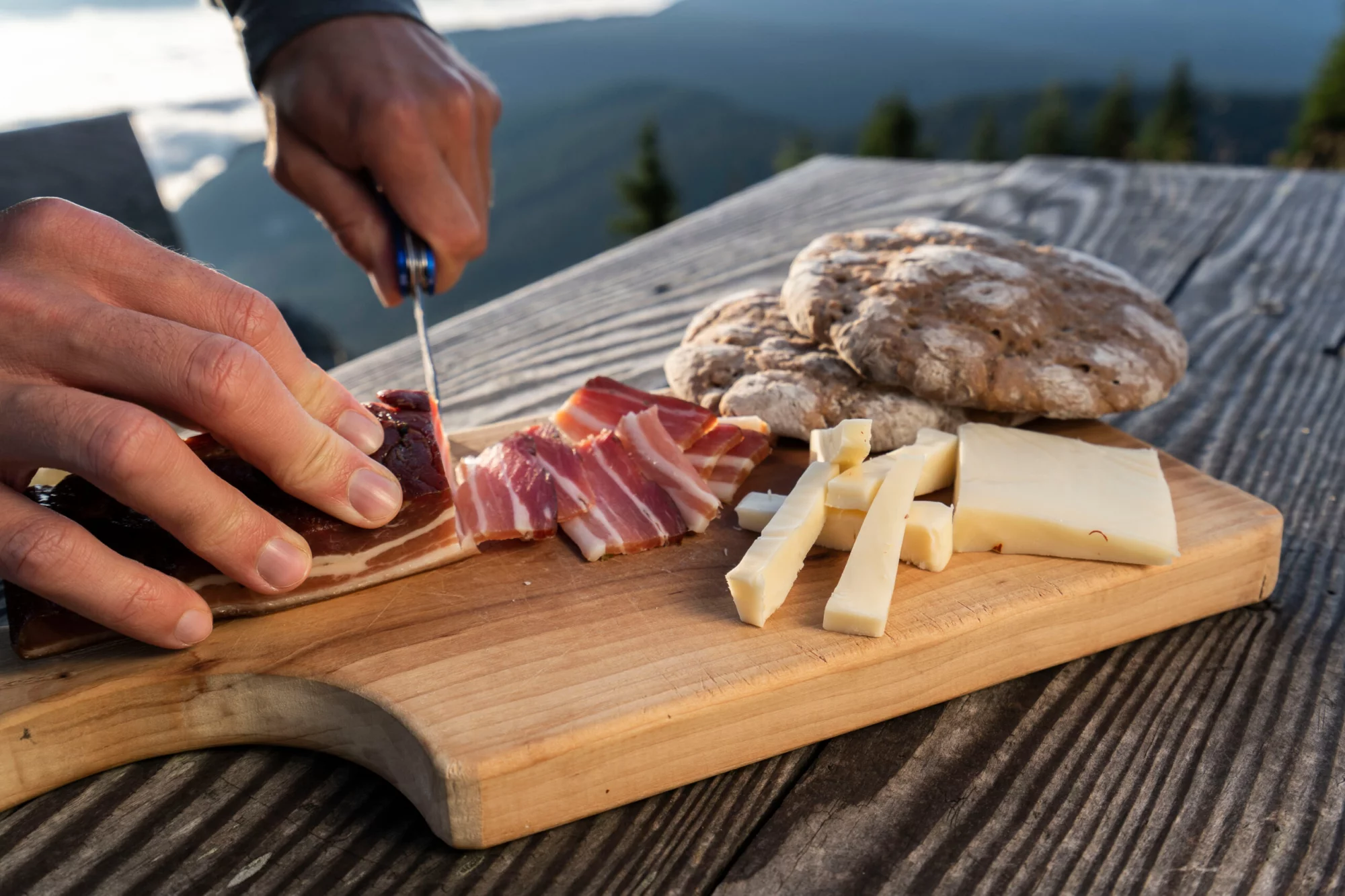
Conclude your journey through the Möll Valley, ascending towards the Staneralm alpine pasture, where breathtaking vistas unfold, leading you to Mallnitz, the jewel of the National Park. This final leg celebrates the enduring charm of mountain farming and the allure of untouched landscapes, inviting reflection on the simplicity and richness of alpine life. It’s a fitting end to a journey that not only traverses landscapes but also weaves through the tapestry of time, culture, and nature’s unyielding beauty.
23 km and 1050 m of elevation gain / 940 m of elevation gain
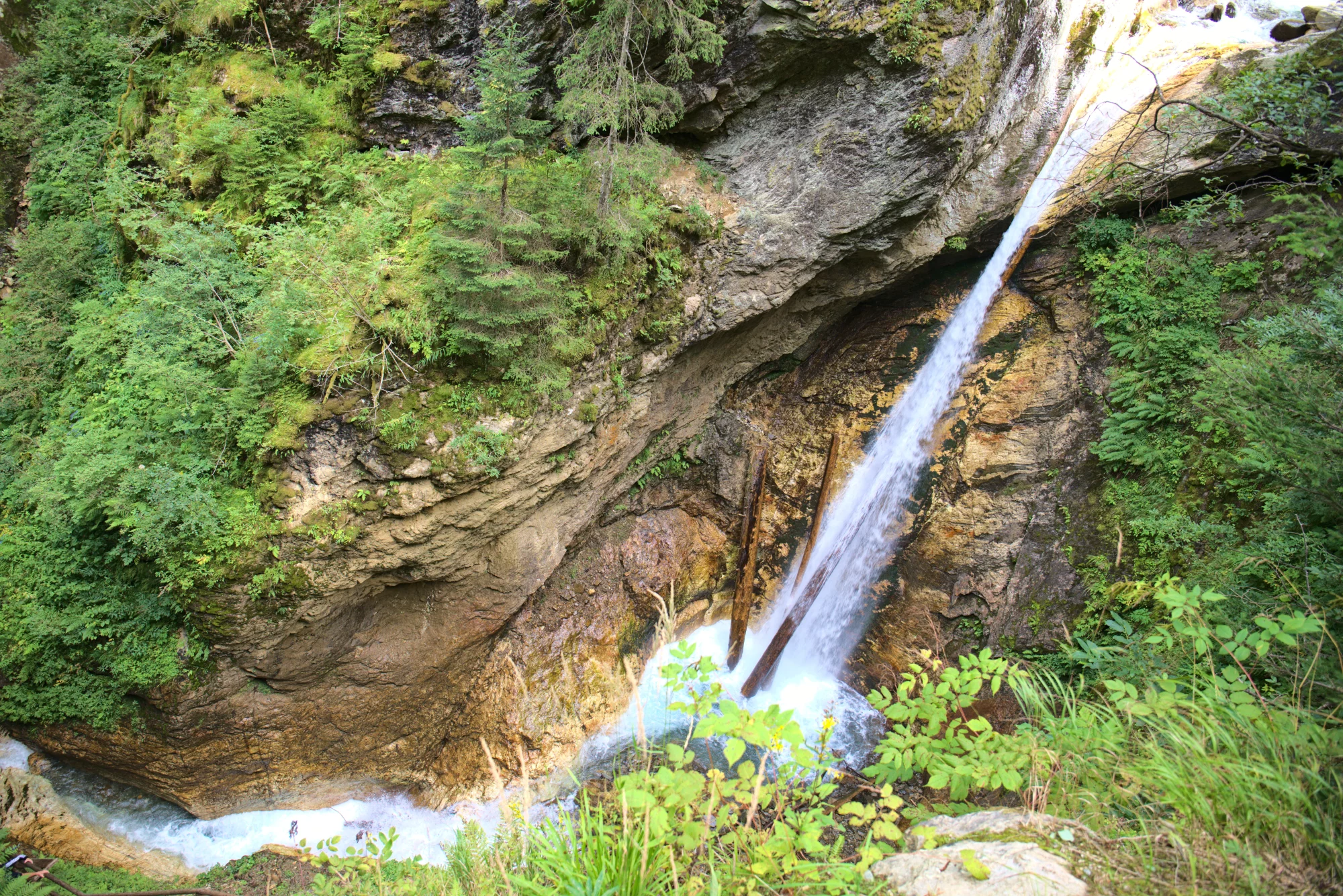
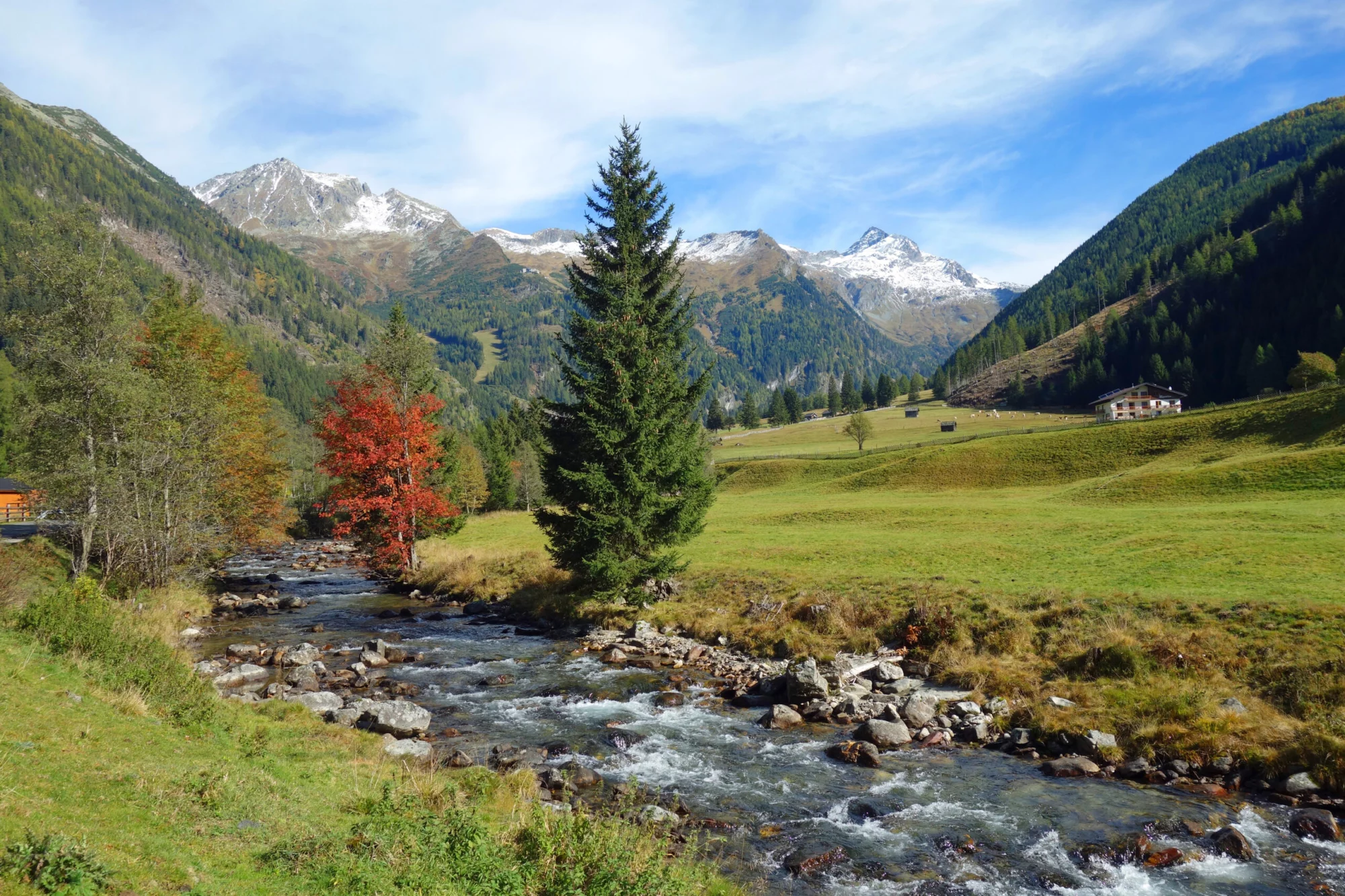
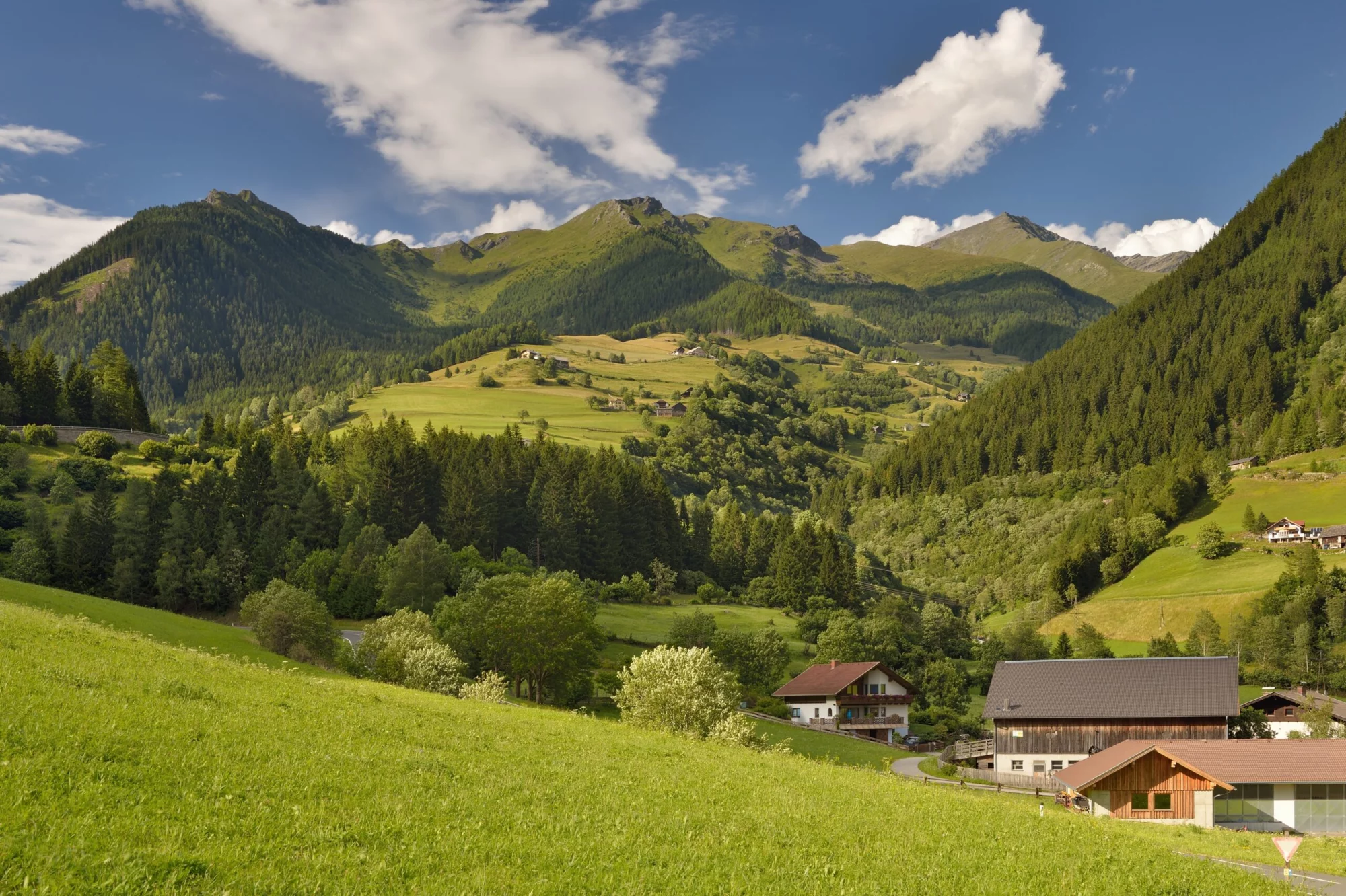
Pricing
Included in price
5 nights in a 3* hotel with breakfast or B&B
Digital guidebook with itinerary, route instructions, and practical information
GPS navigation with an easy-to-use app
Tour design and organization
Service and support during your hike
Tourist tax
Optional Extras
What to bring to the tour
Description
Embark on a breathtaking journey through the heart of the Alps with our meticulously curated Alpe Adria Trail adventure, spanning the first six enchanting stages, and discover the soul-stirring beauty and profound history of the region.
From the shadow of the Grossglockner, Austria’s towering sentinel, to the tranquil waters of Lake Sandersee, each step on this trail unveils natural wonders that leave you in awe.
Marvel at the mighty Gößnitz Waterfall and tread softly past the serene Briccius Chapel, where legends of healing and history whisper in the mountain air.
Journey through the heart of Hohe Tauern National Park, where the legacy of mountain farming and gold mining enriches the landscape. The trail leads you past ancient mills in Apriach, silent sentinels of a bygone era, and through Döllach, where the past lives in harmony with the present.
Ascend to Marterle, Austria’s highest pilgrimage church, and feel the spiritual resonance that permeates this sacred ground. The trail offers a glimpse into the soul of a region defined by faith, beauty, and the relentless passage of time.
As you immerse yourself in the stunning vistas and rich history of the Alps, we ensure a hassle-free journey every step of the way.
Our comprehensive service includes booking your accommodations in the most charming and comfortable locations along the trail and providing a personalized travel booklet with all the essential details about your tour.
We also deliver GPS navigation through a user-friendly phone app to guide you through each scenic path and ensure 24/7 support during your hike.
We’ve taken care of all the logistics so you can fully engage with the beauty and spirit of the Alpe Adria Trail, creating memories that will last a lifetime.
Map
Start planning today!
Things to know
The hiking season usually lasts from mid-June to late September. It depends on the snow conditions in the higher sections of the Alps, as lots of hiking routes go over high mountain passes. You should check the current situation if you are visiting in early summer, especially for Stubai High Trail, as large parts of the route run above 2000 meters of elevation.
The huts close their doors once the season ends as well, so you cannot plan any multi-day tours outside this time window.
Read more about the hiking season in Austria here.
We’ve rated our tours on a difficulty scale from 1 to 5 — with 1 being the easiest and 5 the most difficult.
The difficulty level of a tour tells you how fit you need to be and how much hiking is involved. Most of our tours are appropriate for people who are regularly active and can hike for about five to seven hours per day.
Technical difficulty means how skilled you need to be to hike on the path. Level 1 means the trail is smooth and wide (like a gravel road), while 5 means the surface is uneven and exposed, and you have to use your hands to help yourself move forward. In practice, that means that the higher the level, the more surefooted and skilled in scrambling you need to be.
You should book your tour as soon as possible, as many accommodations along the trail fill up quickly. That way, you can ensure that you have a place to stay.
In case of an injury, it is best to call the local emergency services. You might find yourself in the wilderness, unable to continue without worsening your situation.
Do not worry too much, though. You will be hiking along popular trails, so you will not get stranded even if something happens.
On the other hand, if you feel too tired to continue hiking, you can always stop in any of the towns and villages along the way and use public transport to get to where you want to be in Austria.
Most huts along our hut-to-hut hikes are equipped with showers, but they might be a matter of whether there has been any rainfall lately. Do not expect too much, as mountain huts are not luxurious hotels.
Read more about the mountain huts here.
No. The huts provide blankets and pillows for comfort. However, you should bring your sleeping liner so they will not have to wash their bed linen every day.
Cell reception is unreliable in the mountains. If you can see a town, you will likely have a reception. The same goes for mountain huts. If you cannot get it inside, try stepping outside. Wifi is available only at select lodges; most do not have it.
If you dress appropriately, most stages can be done even in light rain. However, if a storm is forecasted, do not hike. In that case, you should wait until the storm passes, even if that means spending a day at the hut.
If you’d like to eat a vegetarian meal, it’s usually available at most accommodations. Vegan options are harder to find in huts, but we’ll let you know about them in advance so you can plan accordingly.
We do not demand that you have insurance before booking, but it is advisable to do. Joining the Austrian Alpine Club gets you covered in case anything unexpected happens to you on your way.

Self-guided
Hassle-Free
Book with confidence
Tried & Tested Adventures
Unbeatable support
Similar Austria Hiking Tours




